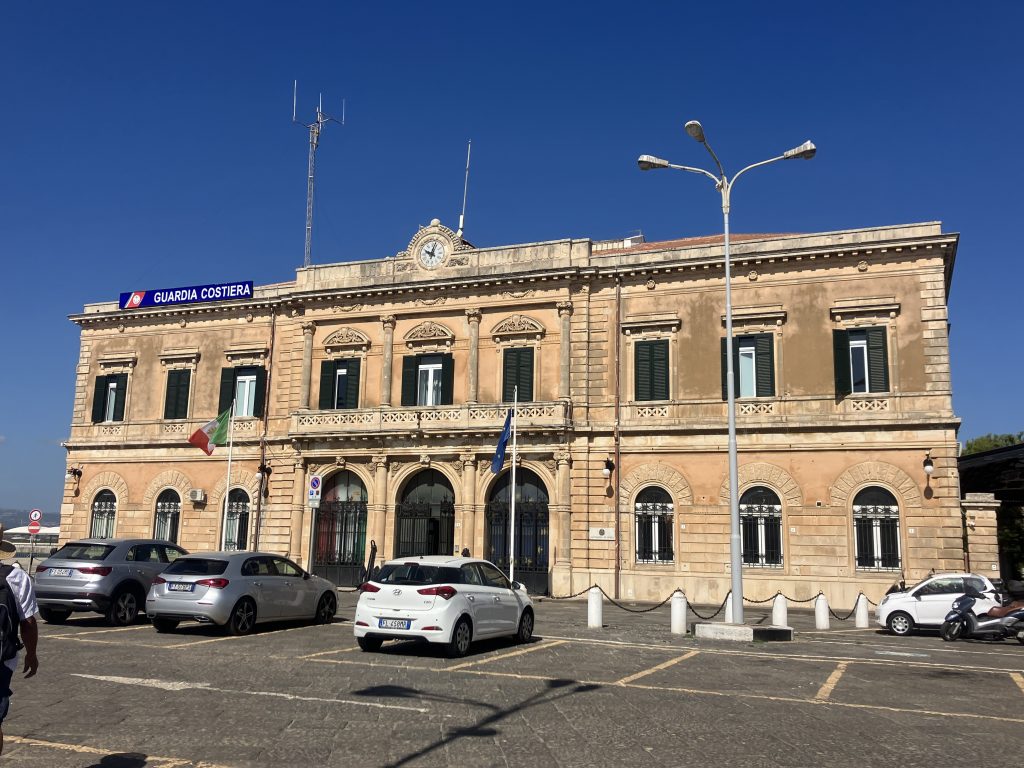
We love our life and we know how lucky we are, but the cruising lifestyle does require a lot of persistence and patience, especially in a place like the Mediterranean. It’s not as simple as jumping on an airplane, flashing your passport at an immigration official in the airport, and then getting a taxi to your cafe or hotel.
- When we approach a new country we have to find the Harbormaster and clear-in with our vessel documentation, insurance papers, crew list, passports, and last port-of-call document. In Italy, you get a Constituto form, and every port you anchor in, if there’s a Coast Guard office, they want to stamp your boat in, and then out when you leave. Then you have to find the Immigration Office to have your passport stamped. Then you have to go back when leaving the country. That’s a lot of paperwork. Don’t forget that in some places like Siracusa, Sicily and Sarande, Albania, the Harbormaster will tell you exactly where to anchor (in Siracusa we were given a latitude/longitude position that had four decimal points. That’s exact!).
- The Immigration Department is a big deal in Europe where Americans (as well as other non-Schengen countries) only have 90 days in any 180 day period to stay. You stretch those days as much as is legally possible!
- You have to physically find these offices, and some are a long walk away in unmarked buildings. We found offices that were only open Monday/Wednesday/Friday from 9-12.
- You have to hope that someone speaks English or that Google translate works on your phone. You also have to hope that these people are not having a bad day, as they can make your life very unpleasant.
- Where do you ‘park’ your dinghy during all of this? Some places have specific docks for dinghies, other times you have to beg (or pay for) a spot at a local marina. Italy is notorious for never having dinghy docks, and people post their creative docking solutions online.
As of this posting, we have been anchored in Sarande, Albania. The next (and last) country that we will sail to (as well as leave the boat there for the winter), is Montenegro. Regardless of the fact that Trip has a resume detailing his sailing experience of 48 years, & has held a USCG Merchant Mariner Certificate for ten years (though he didn’t renew it three years ago), & has been a skipper/owner for the last 32 years, & has a copy of the USCG Sea Service form detailing the thousands of days sailing and the many thousands of miles we’ve put under the keel of this boat (including Maine to the Caribbean, NY to Bermuda, crossing the Atlantic from NY to Portugal, together with sailing much of the Mediterranean), Montenegro insists on a valid skipper competency certificate or we won’t be allowed in. So now we’ve spent many days trying to work this out with authorities, yacht agents, sailing schools, etc, etc. Doesn’t this sound like fun!
This is just a small list. It doesn’t cover grocery shopping, local cell phone carriers, laundry, trash & recycling, water, diesel, boat parts, or repairs. Needless to say cruising takes a lot of planning, a lot of winging it, and a lot of patient persistence!

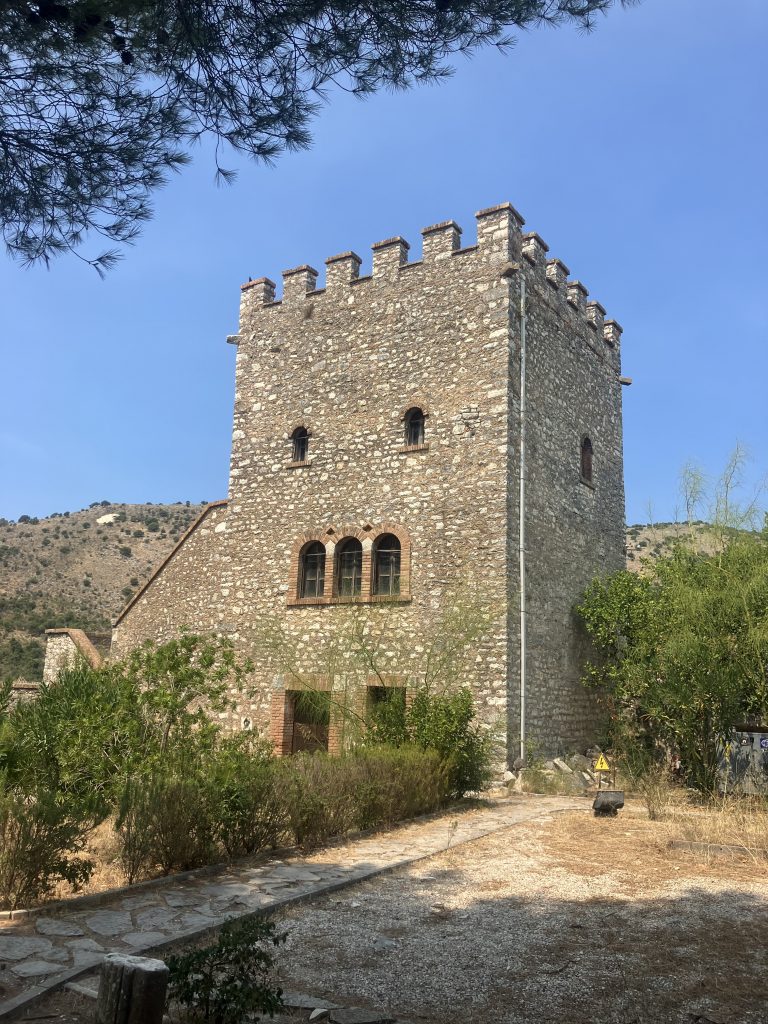
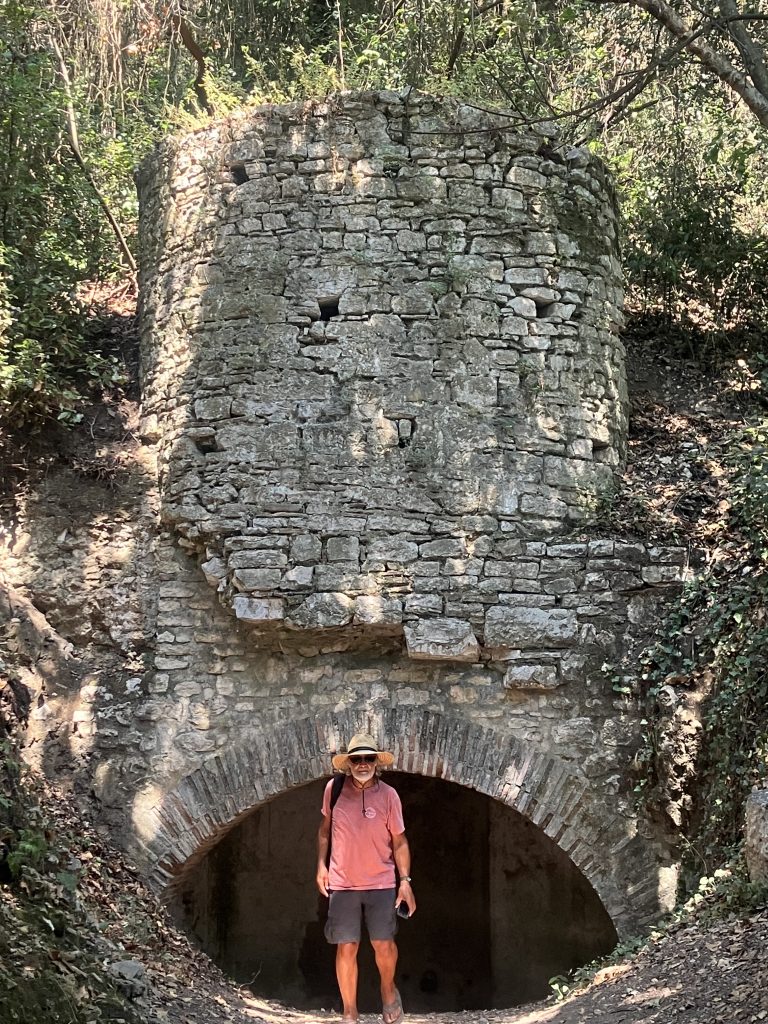
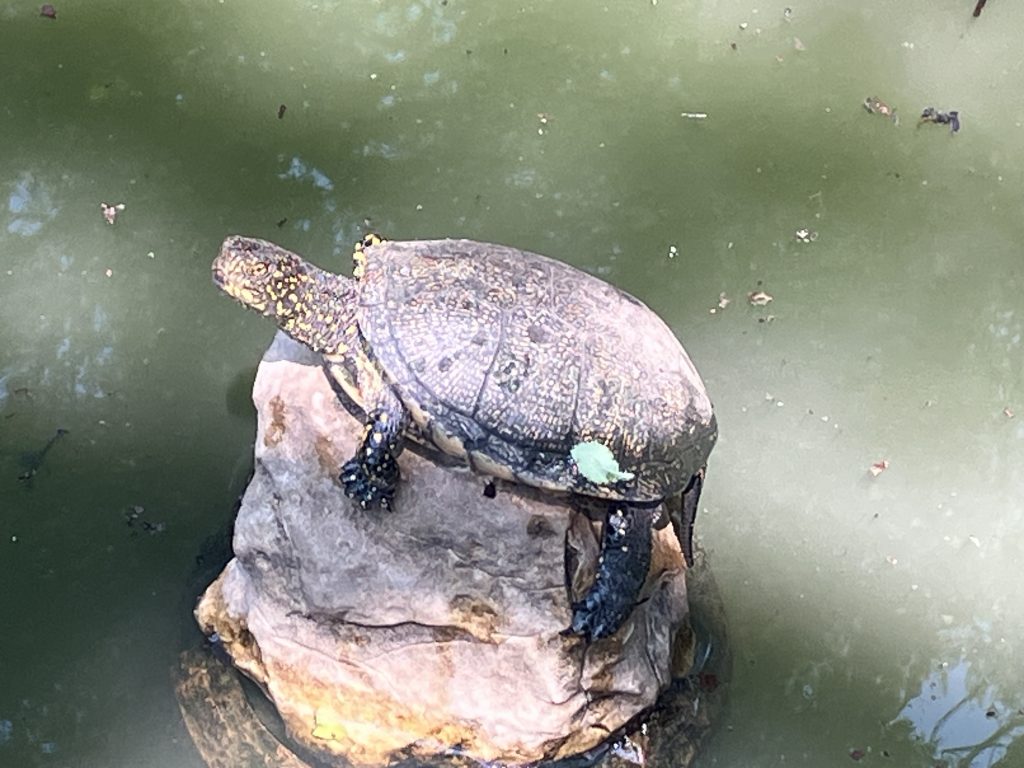
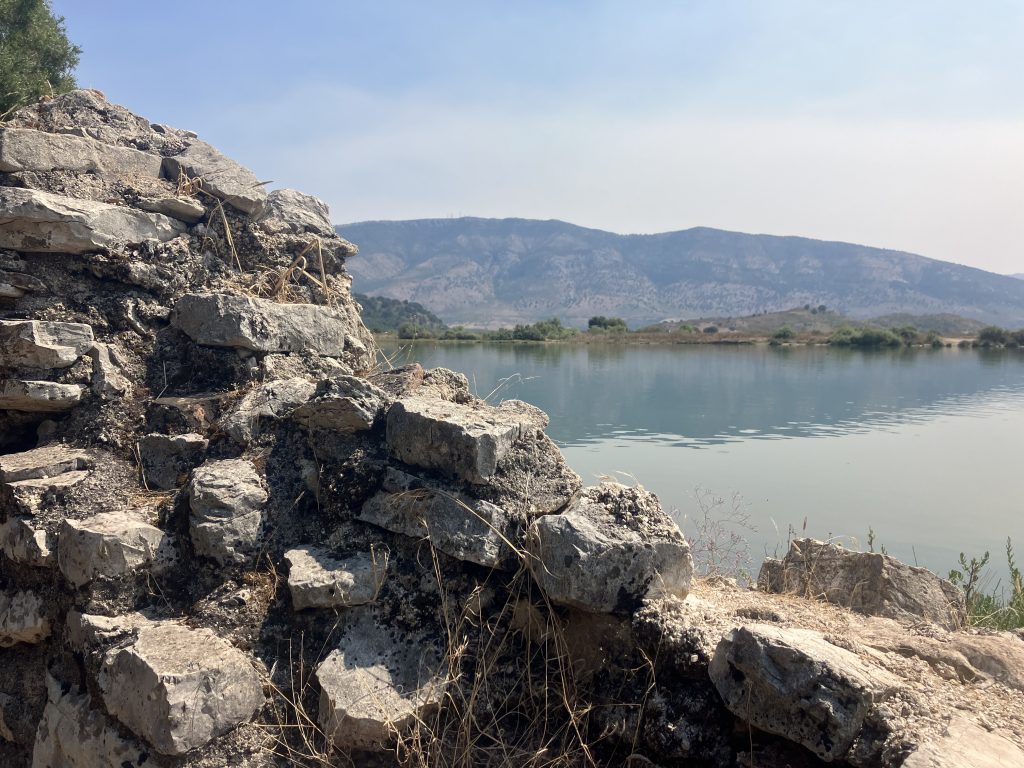
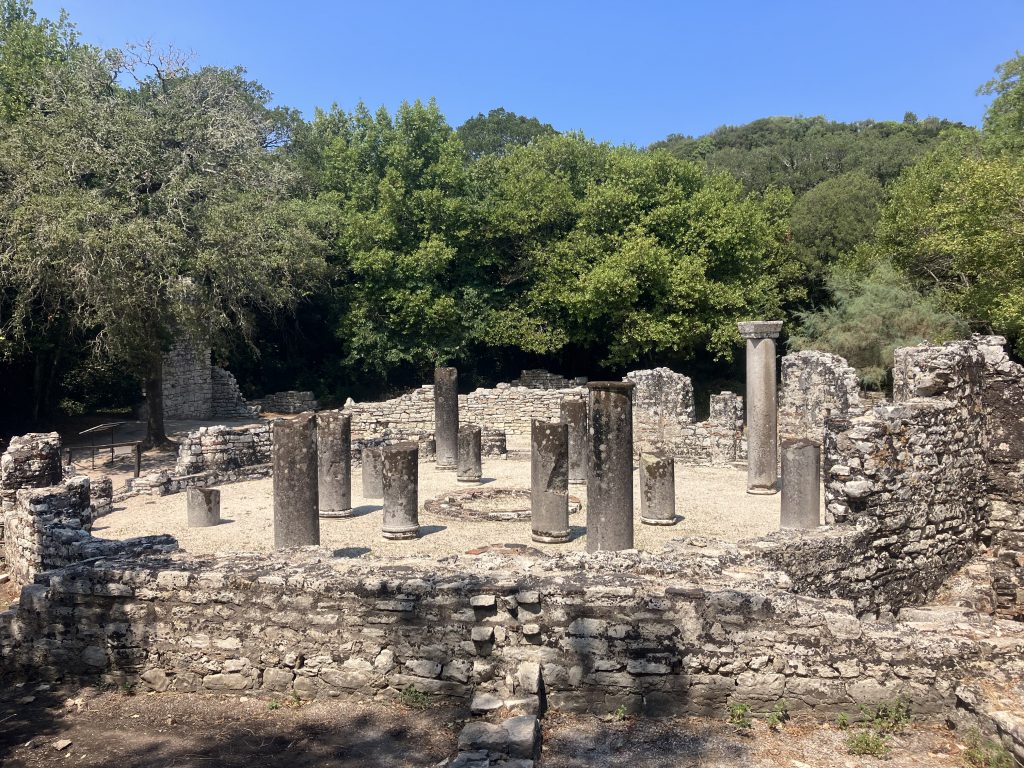
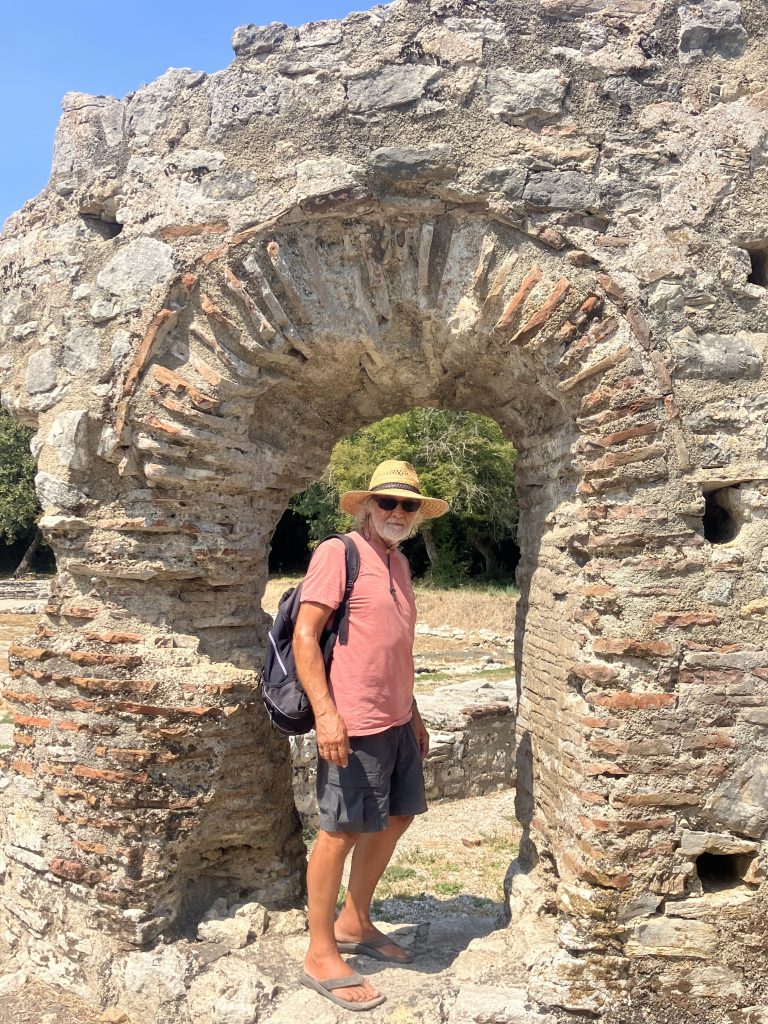
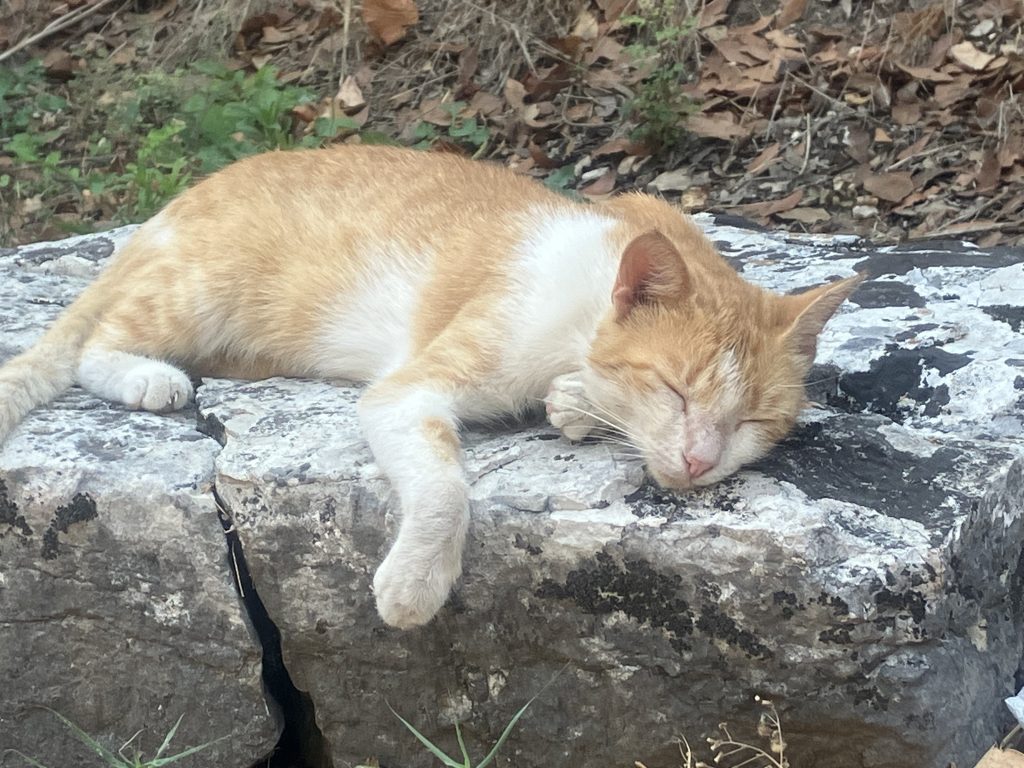
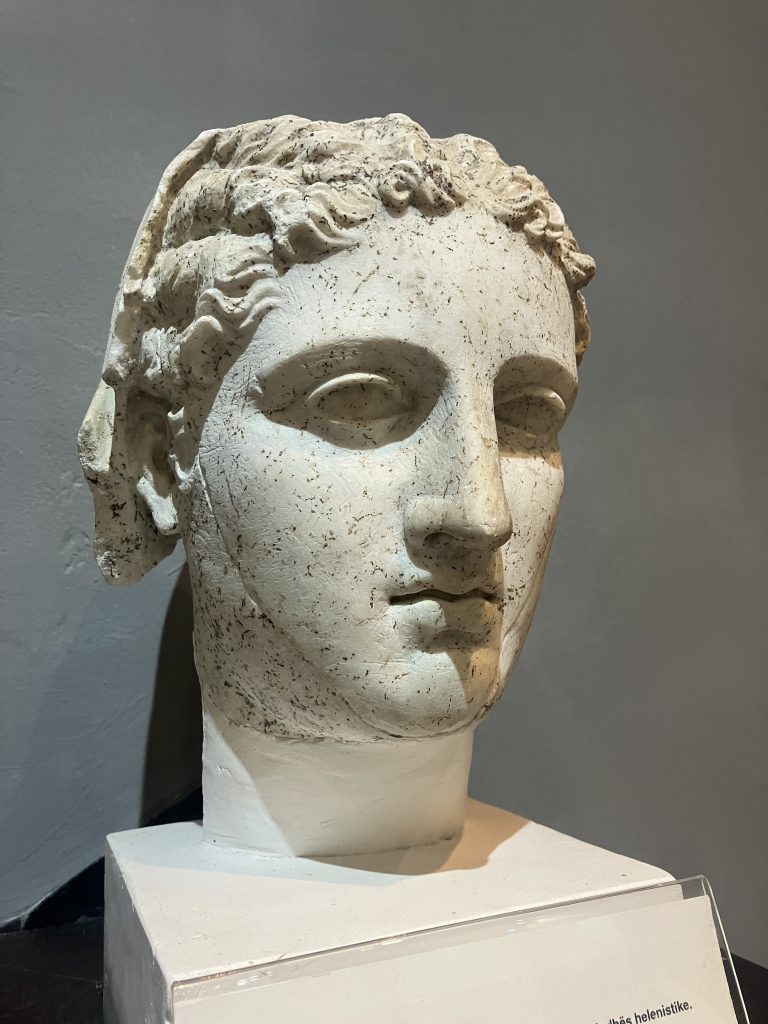
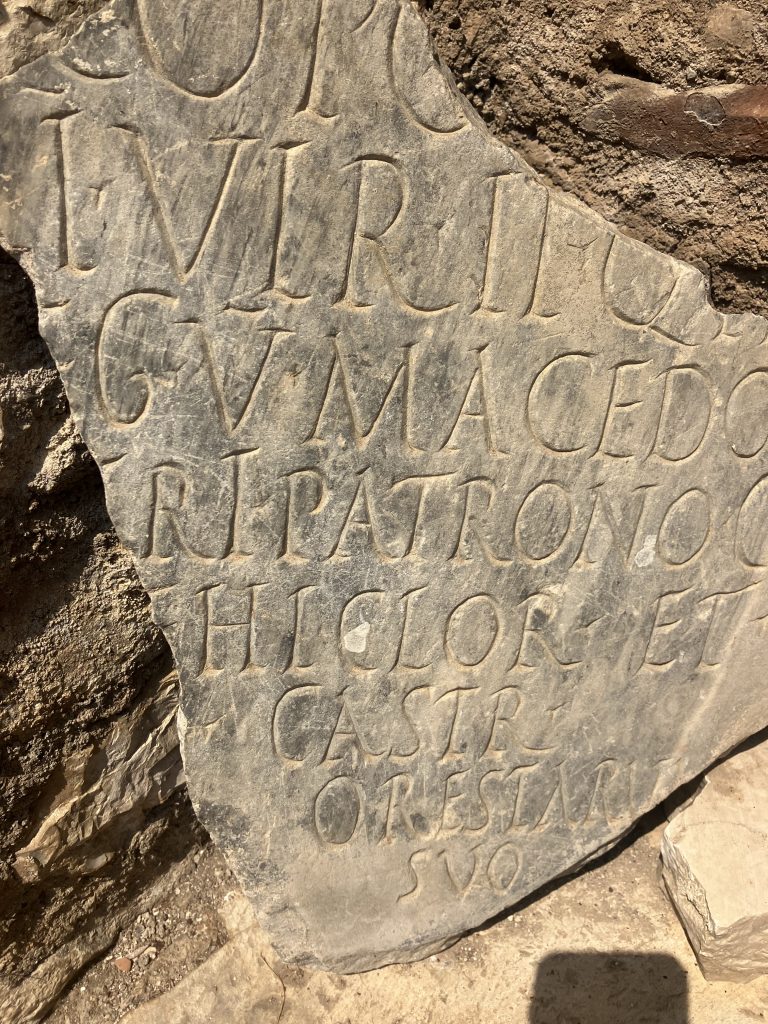
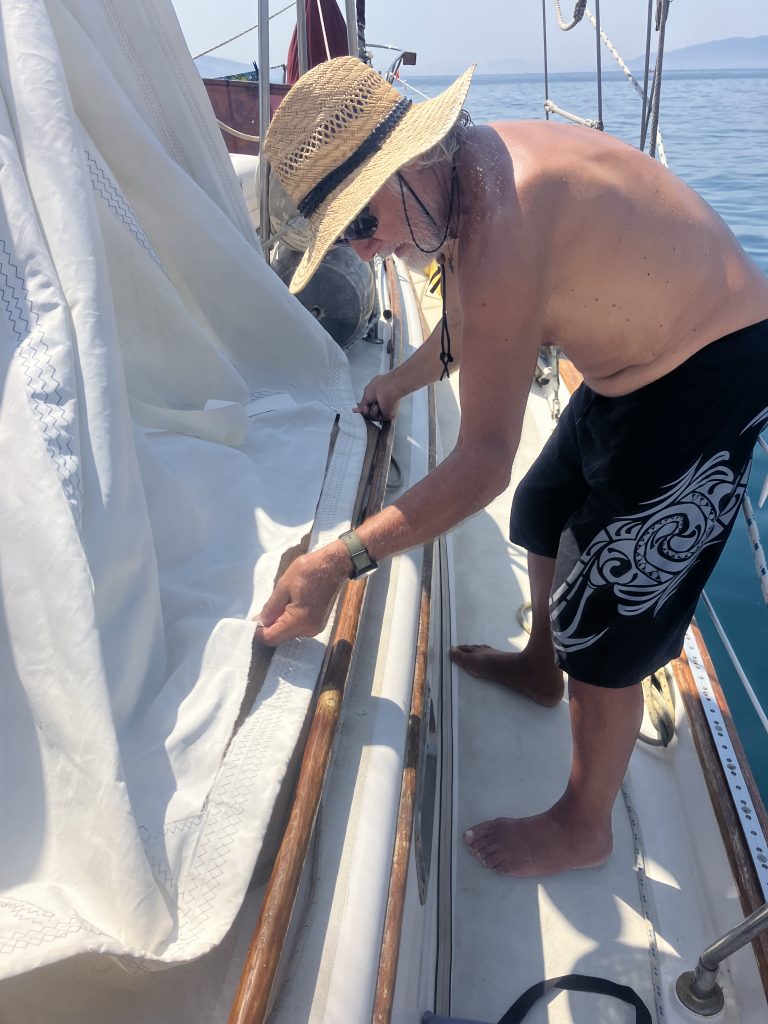
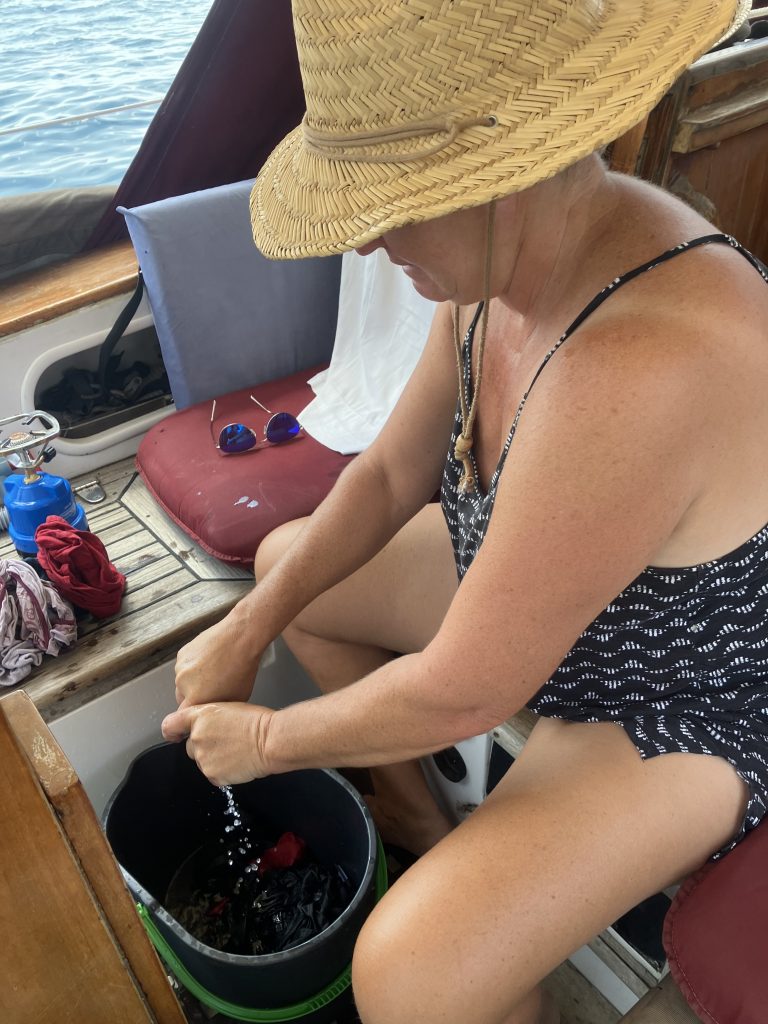
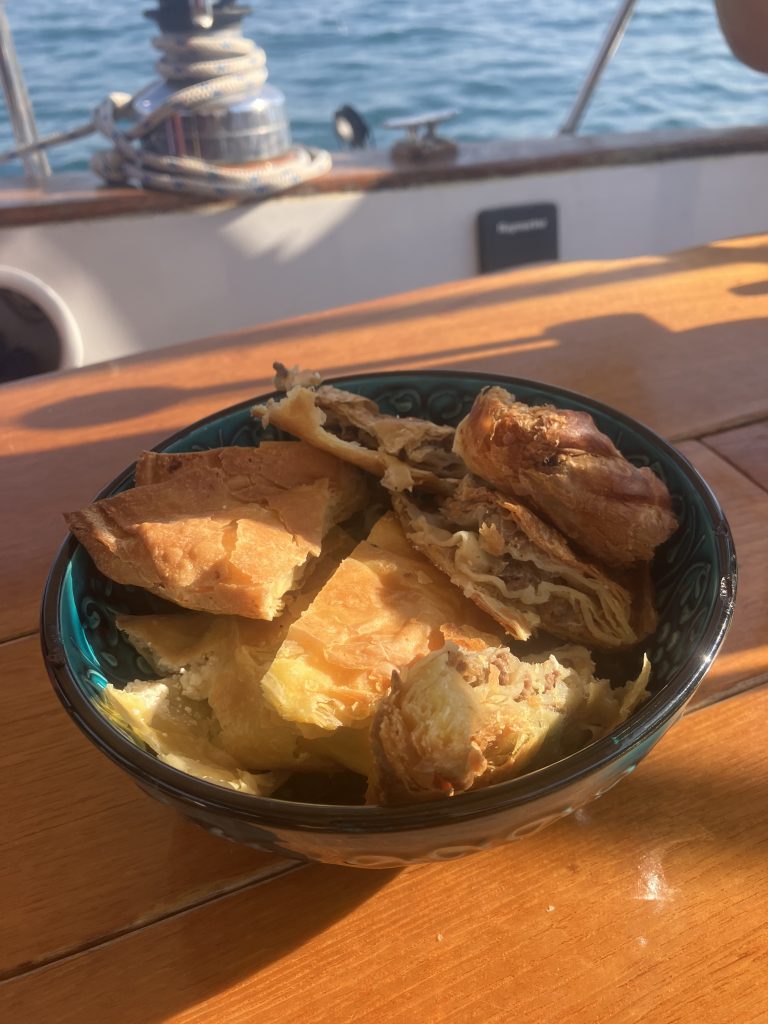
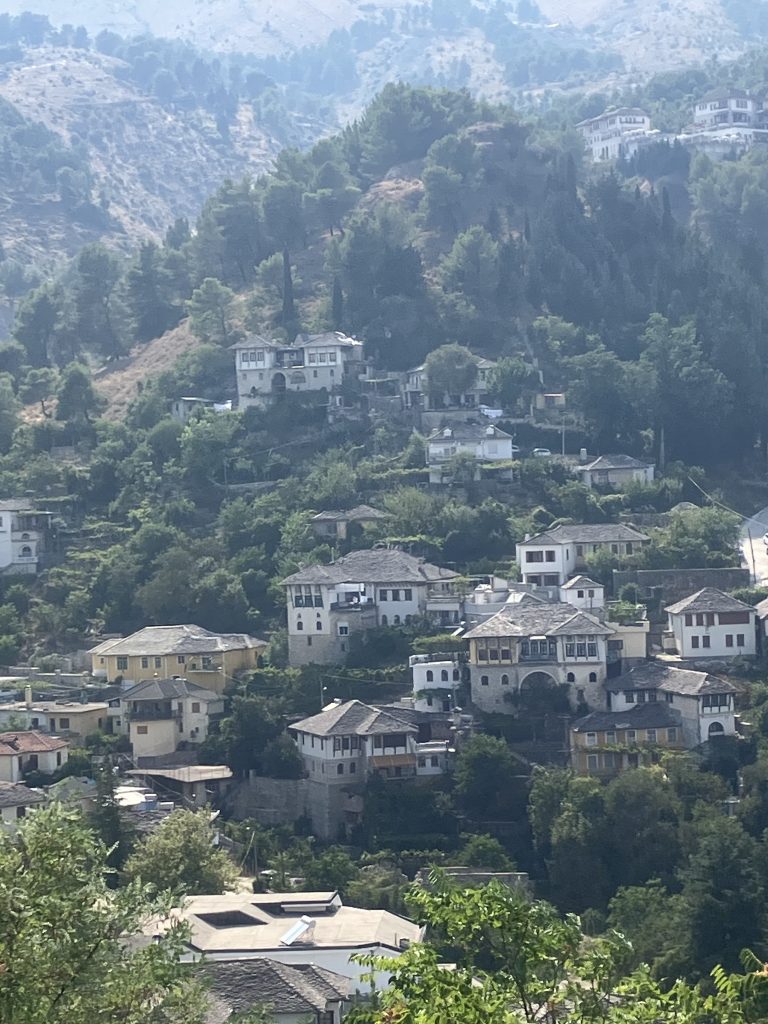
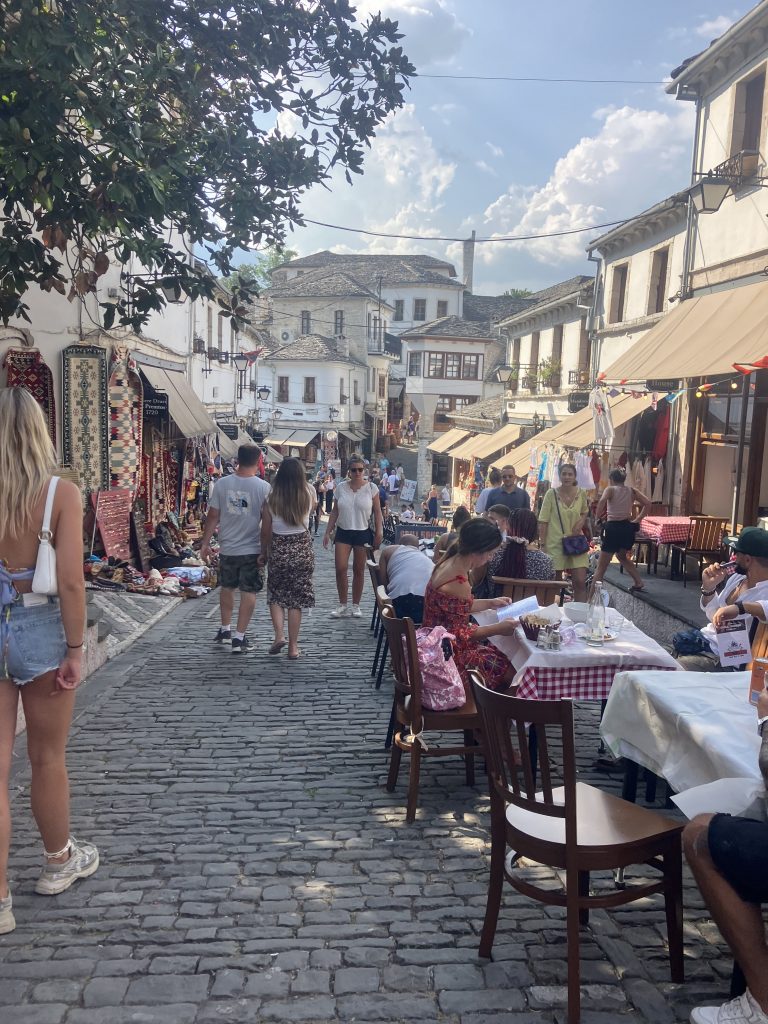
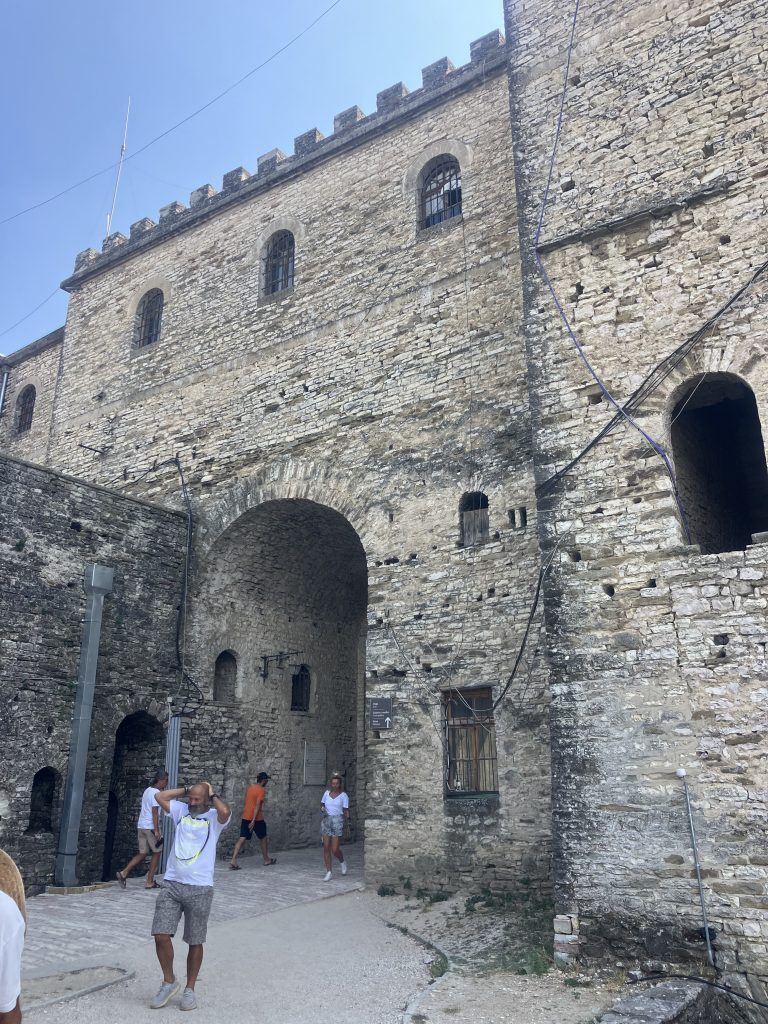
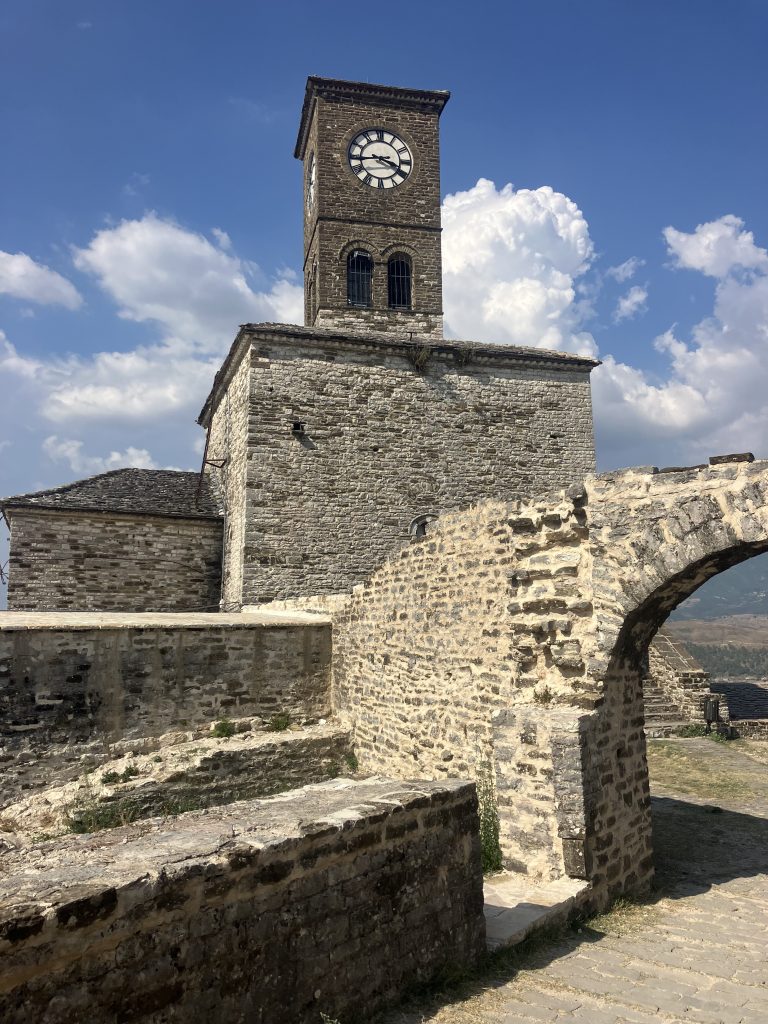
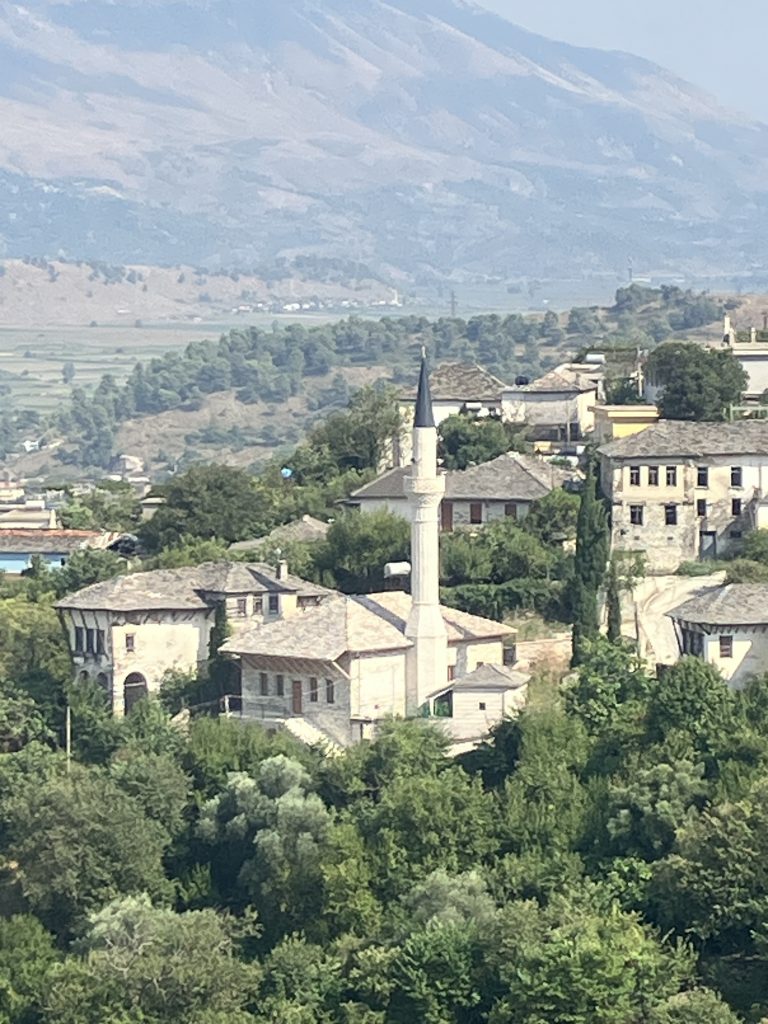
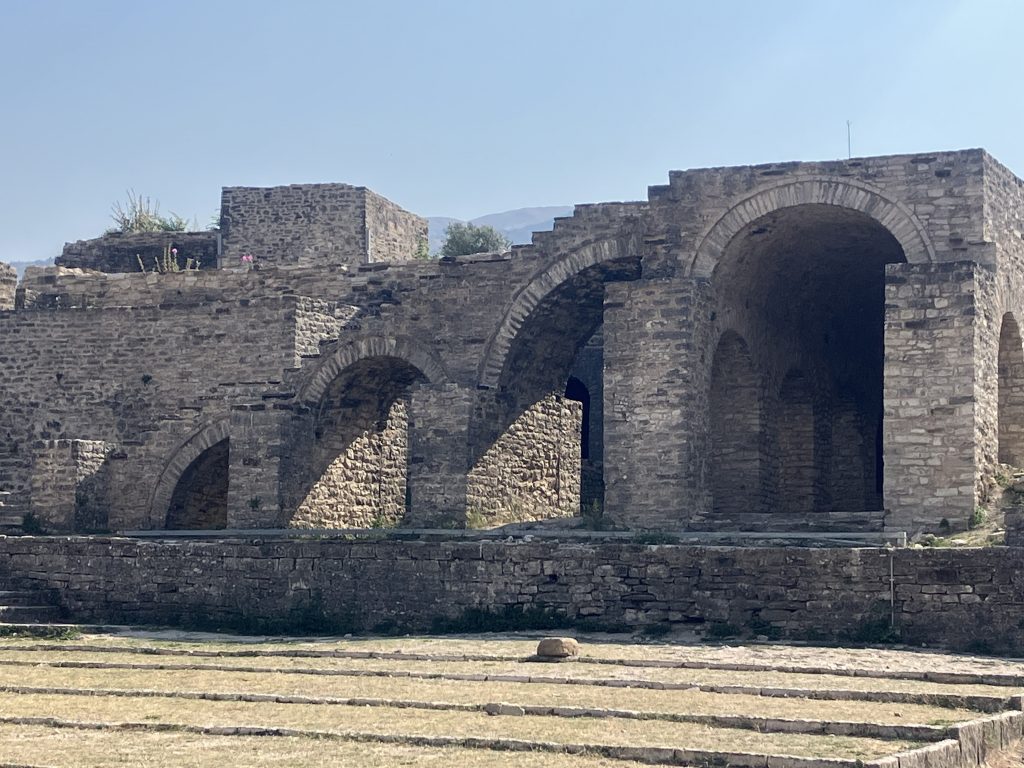
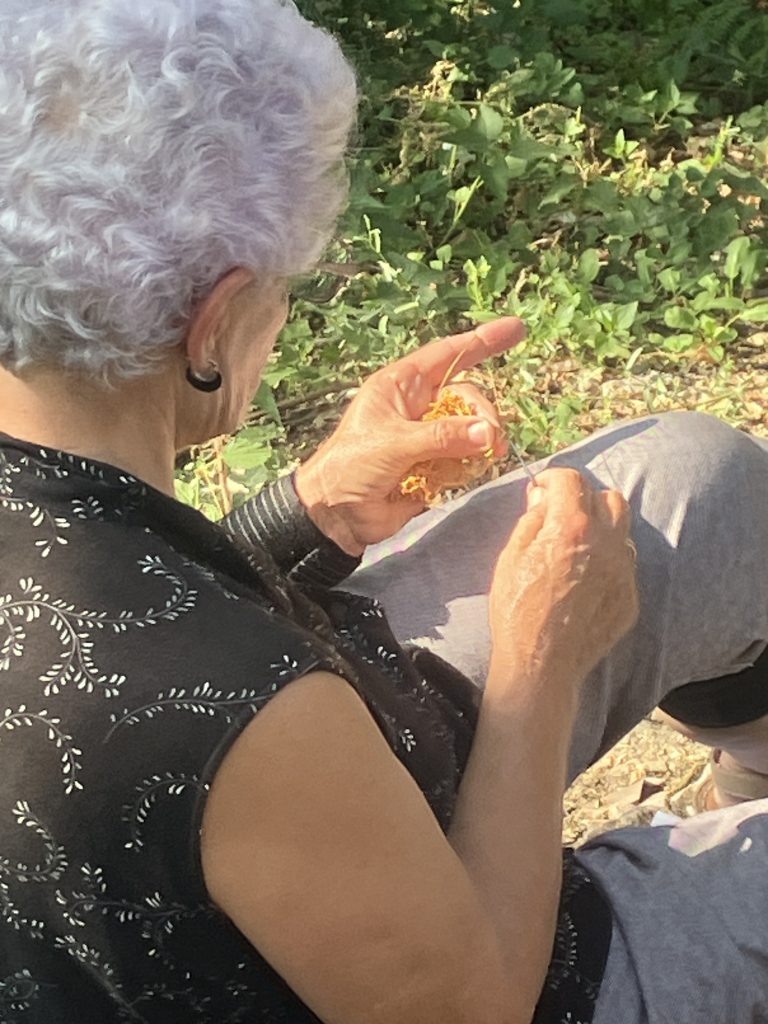
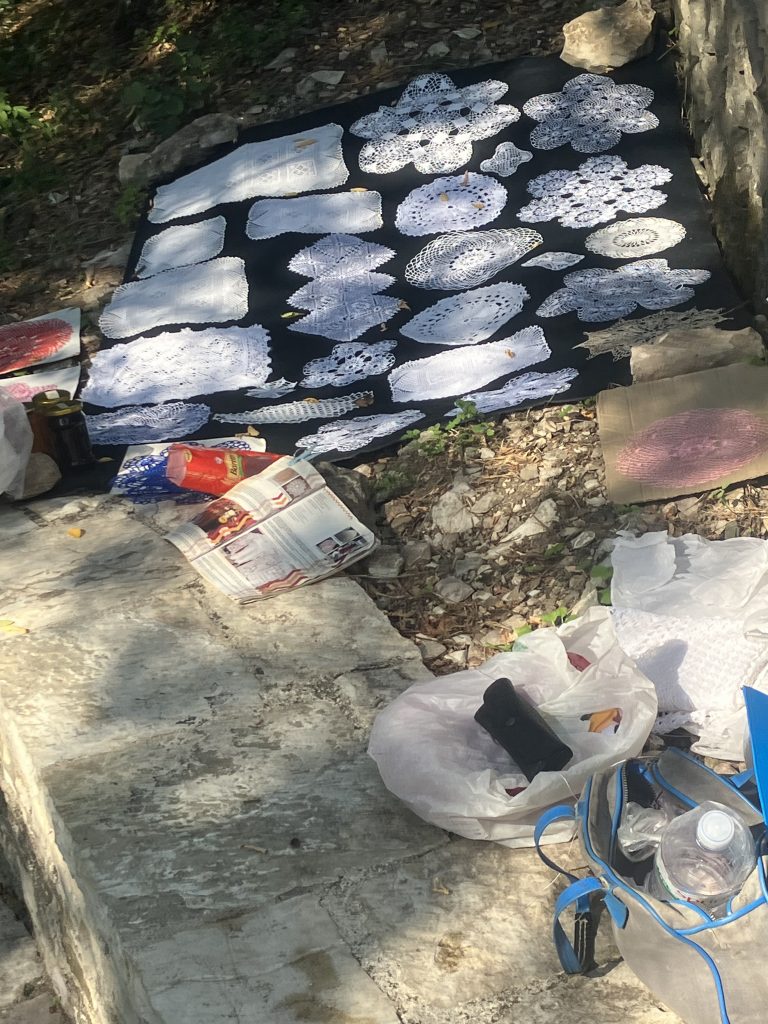
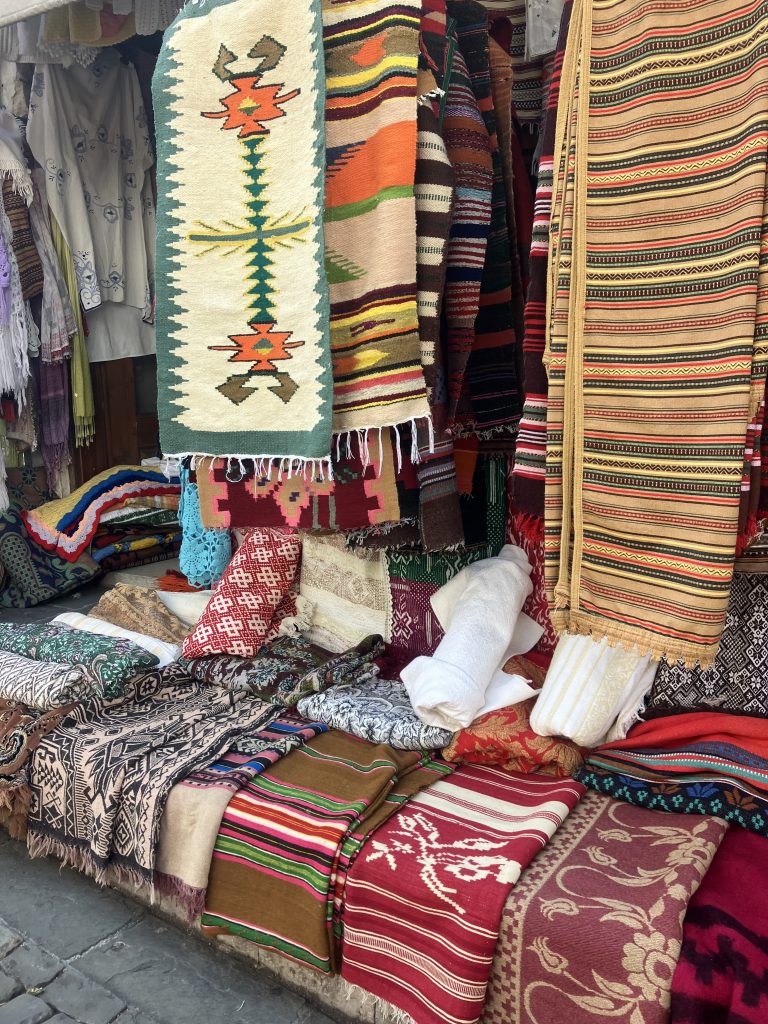
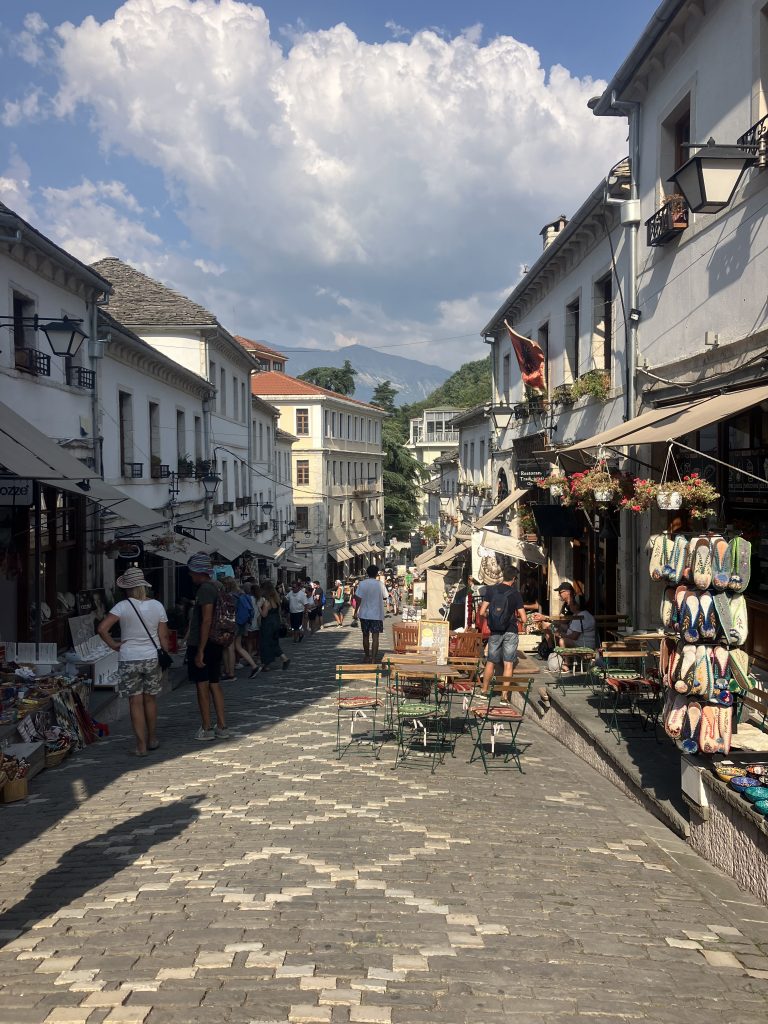
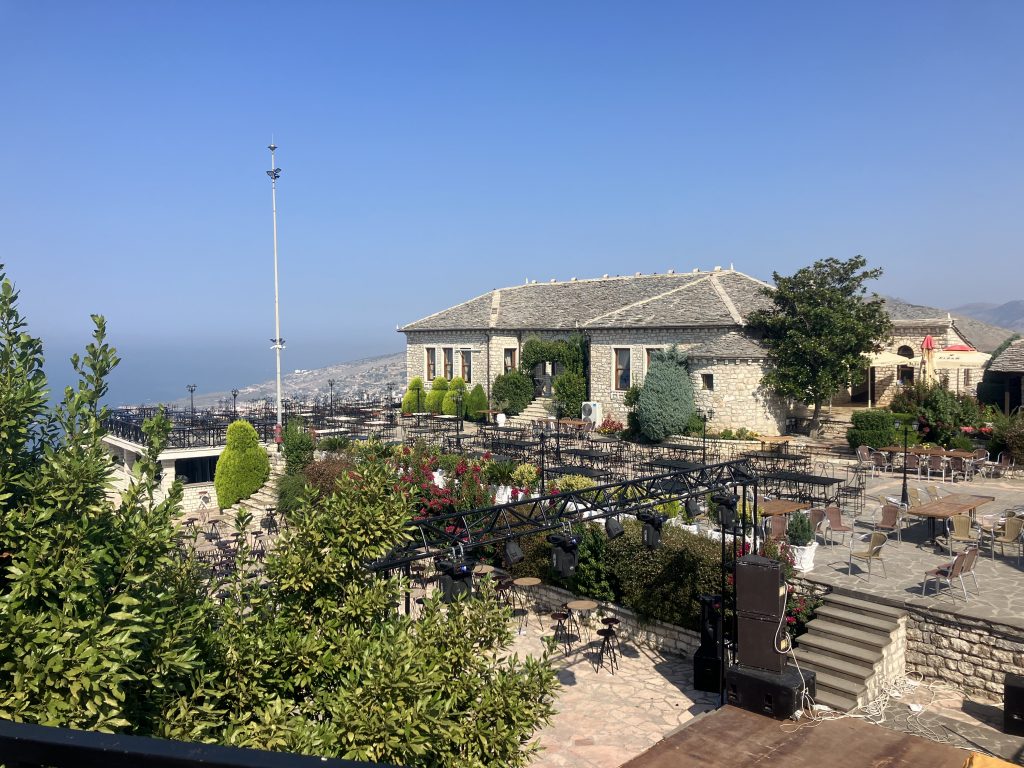
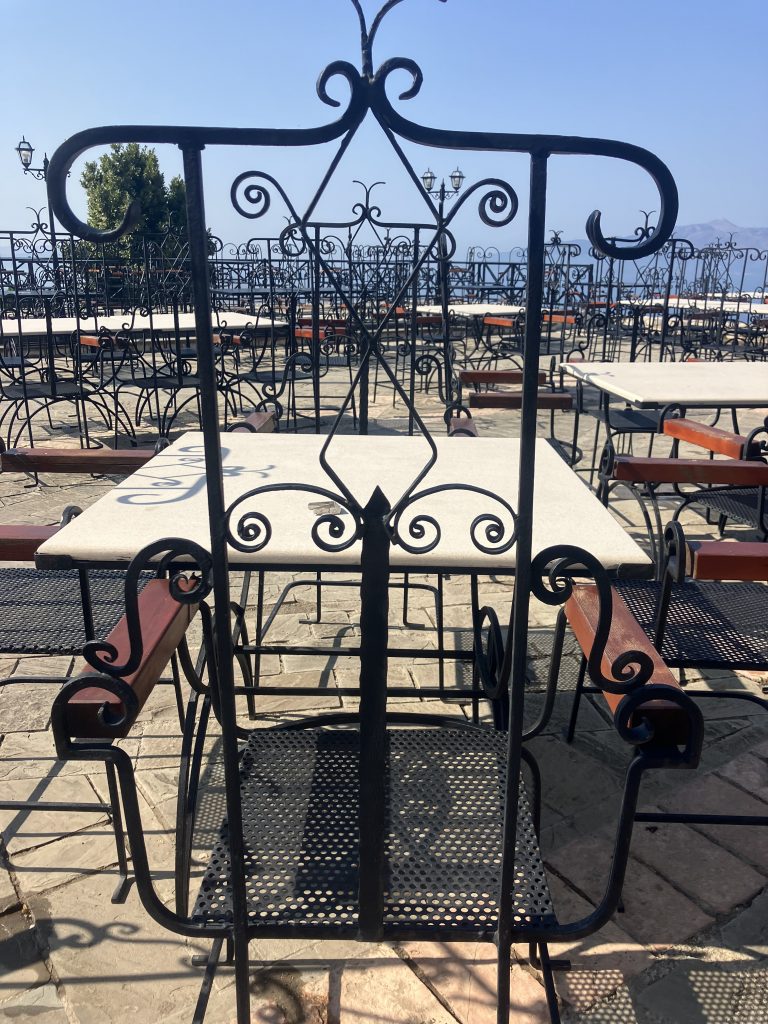
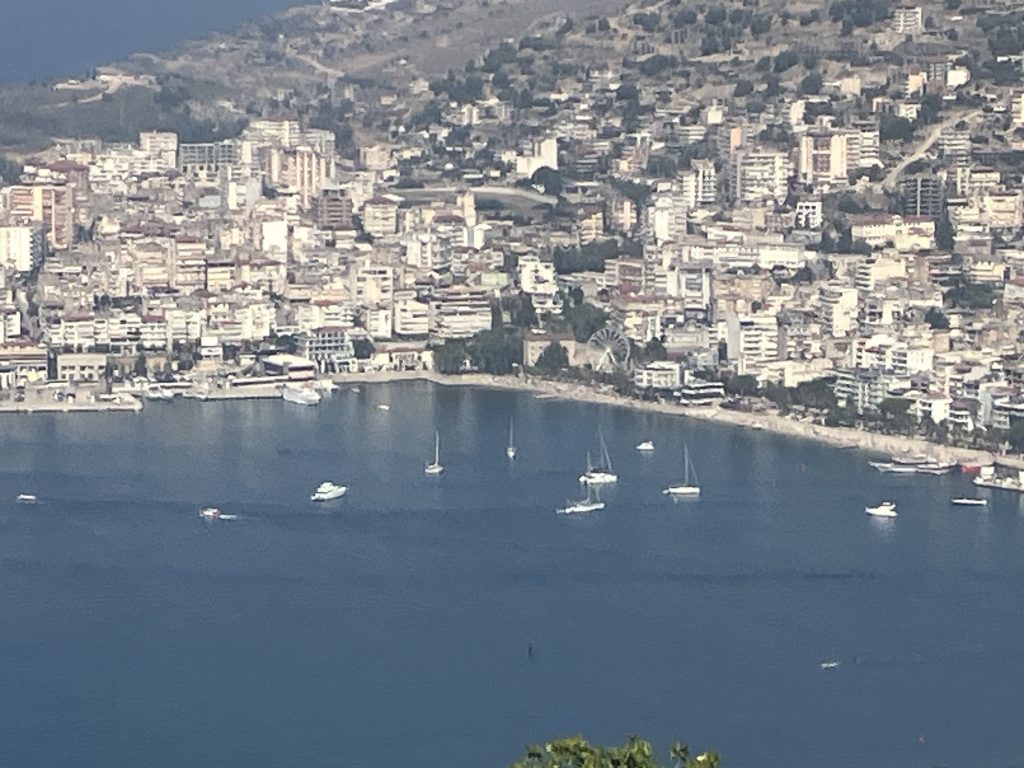
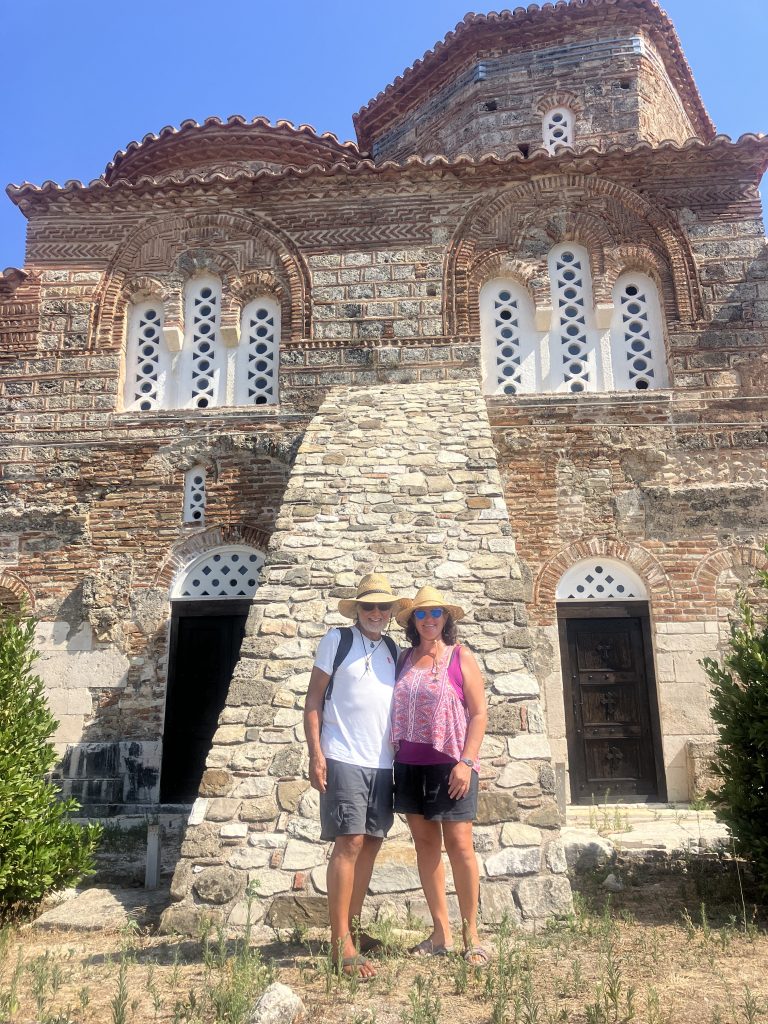
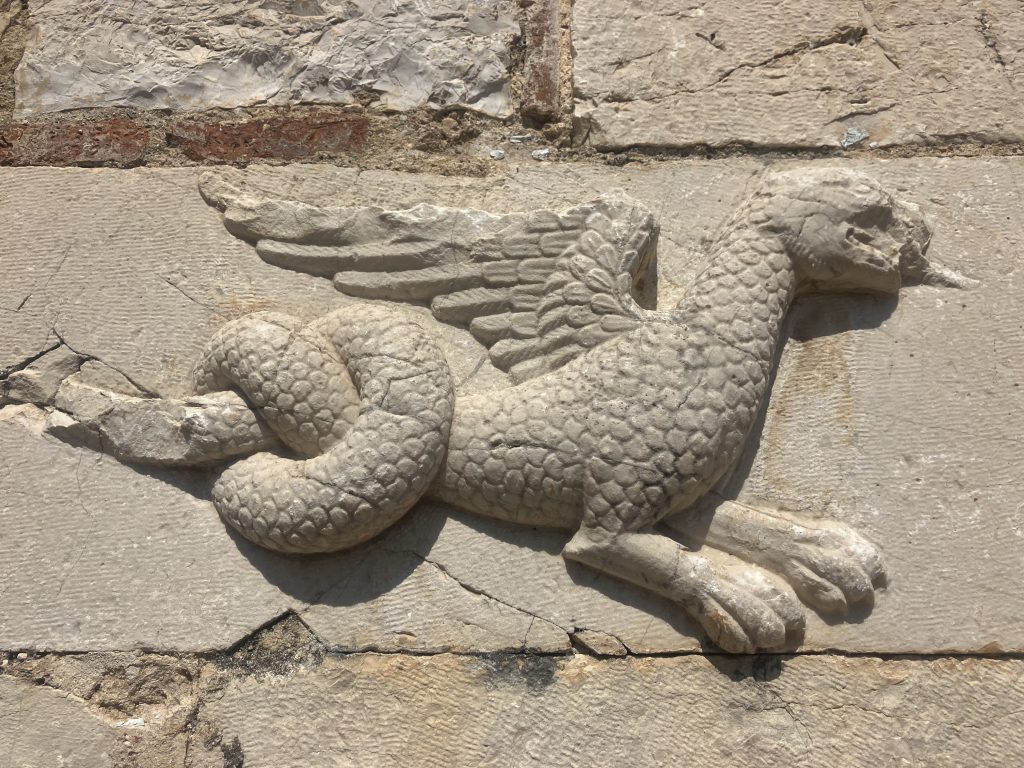
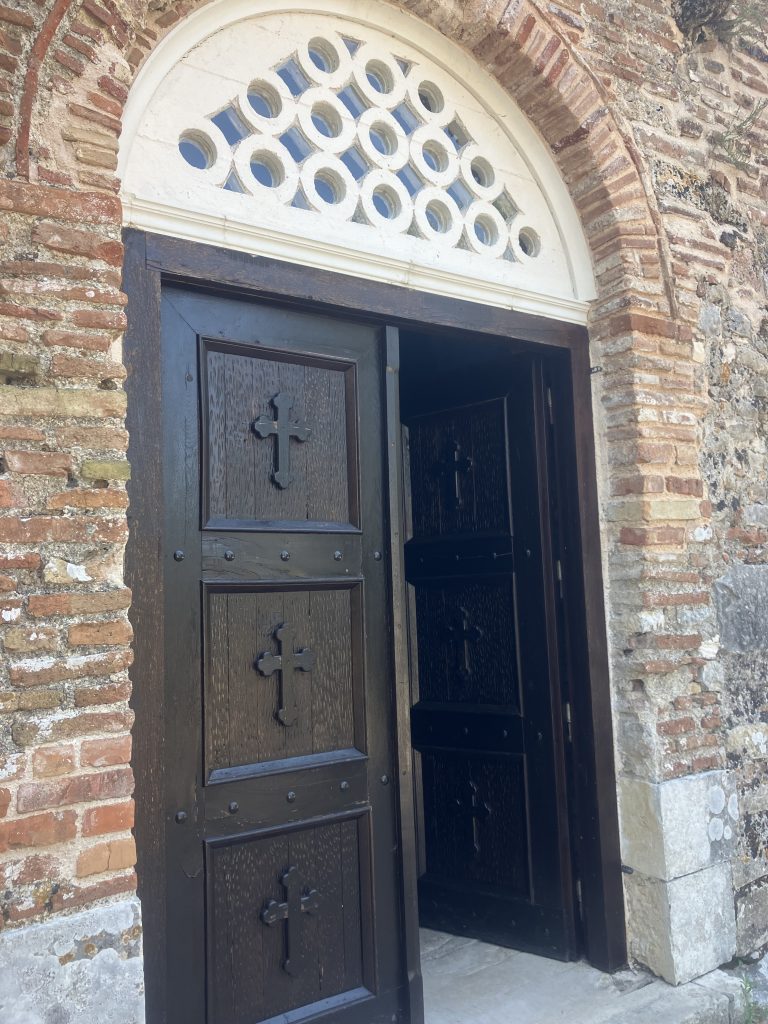
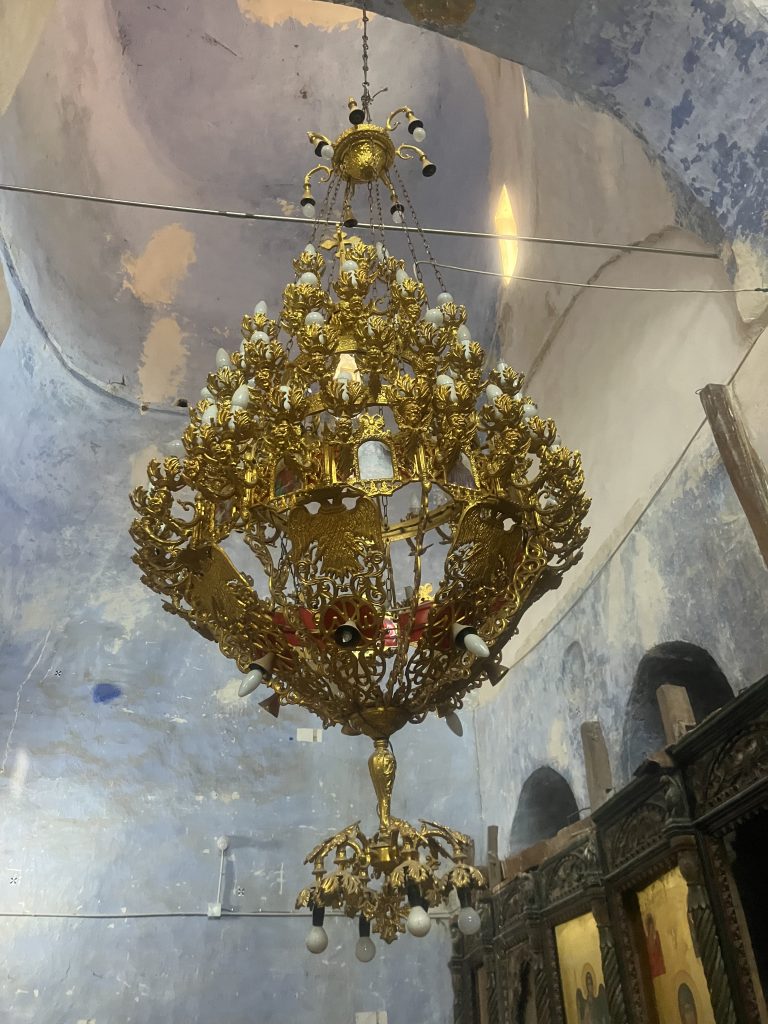
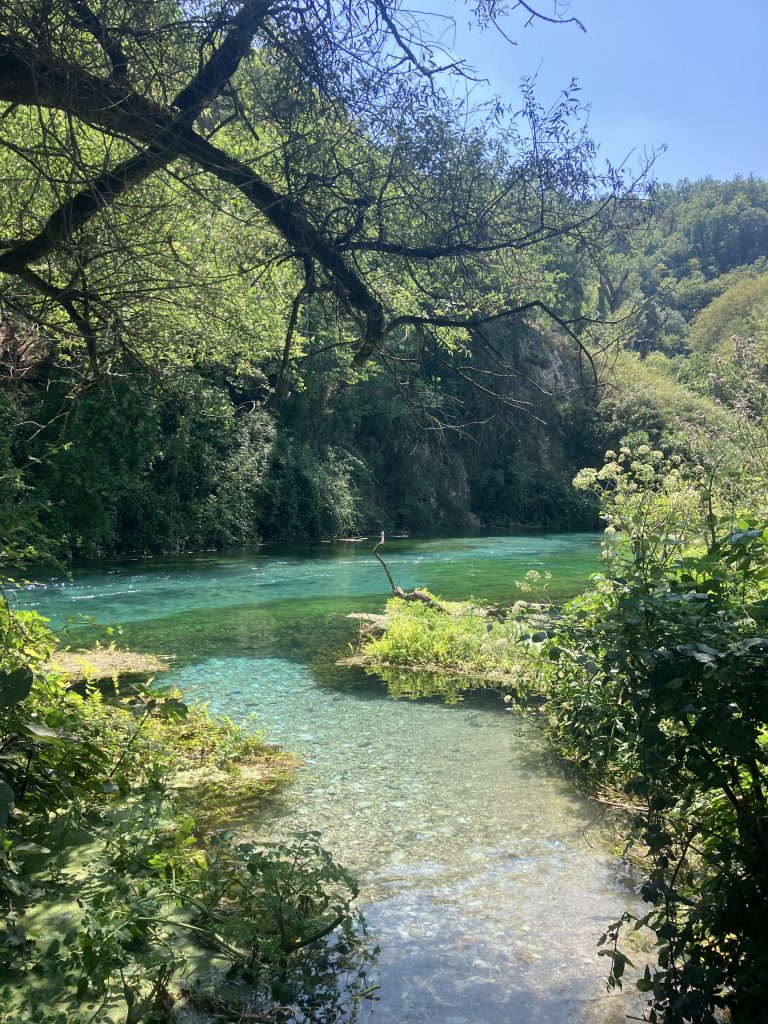
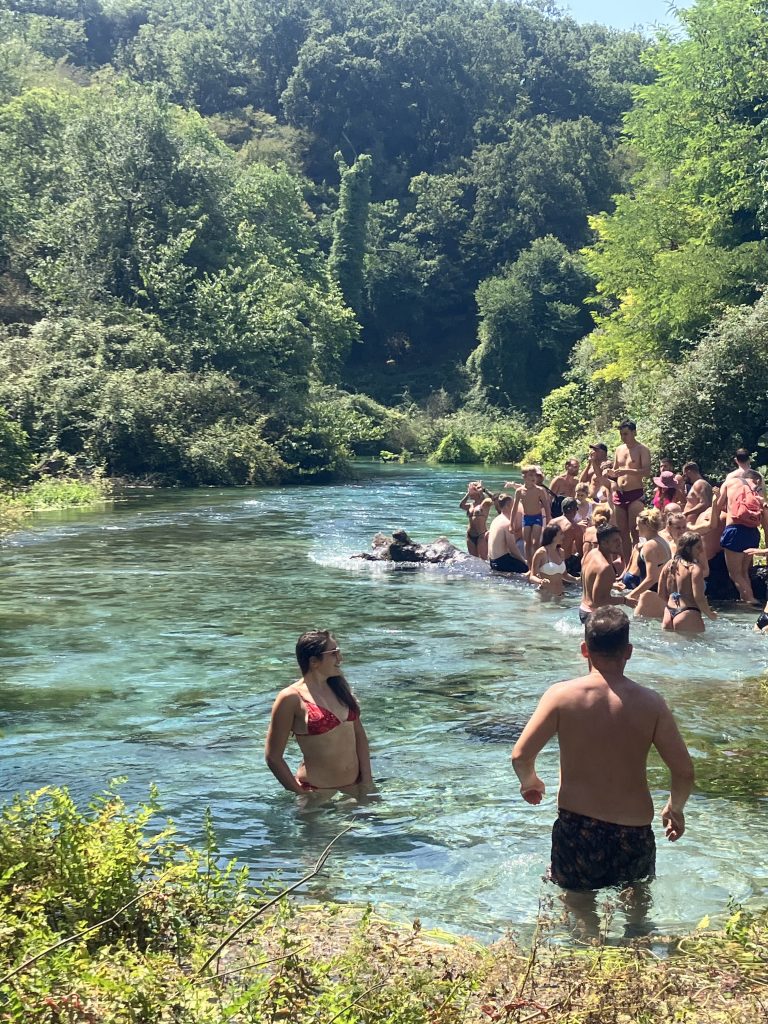
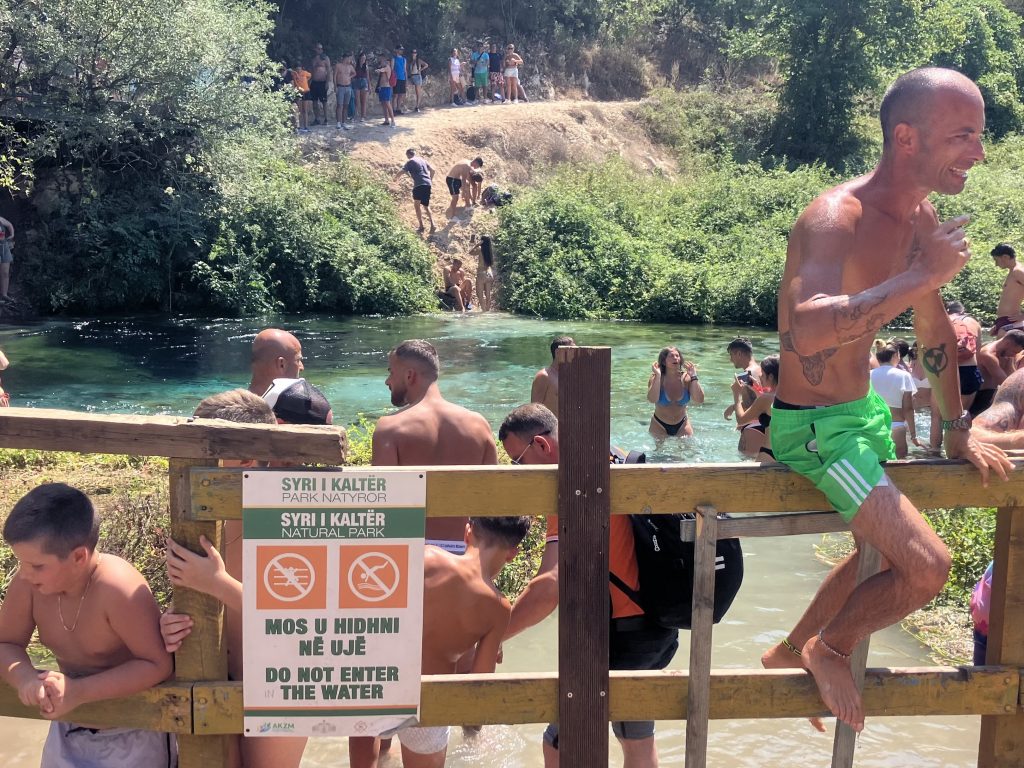
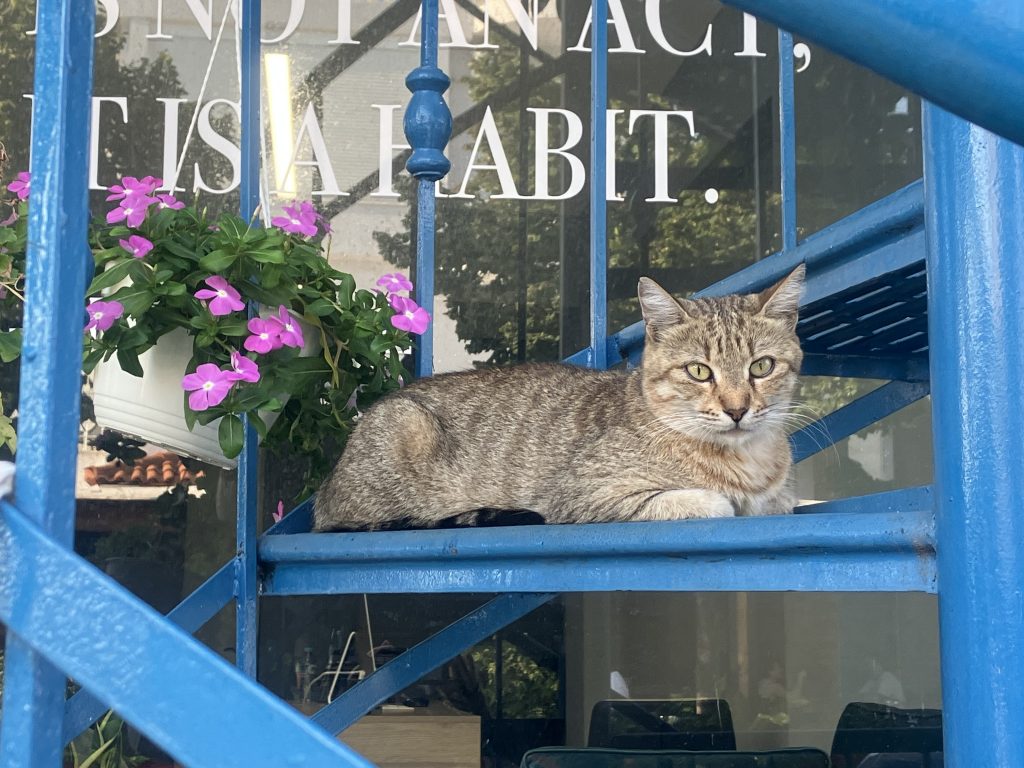
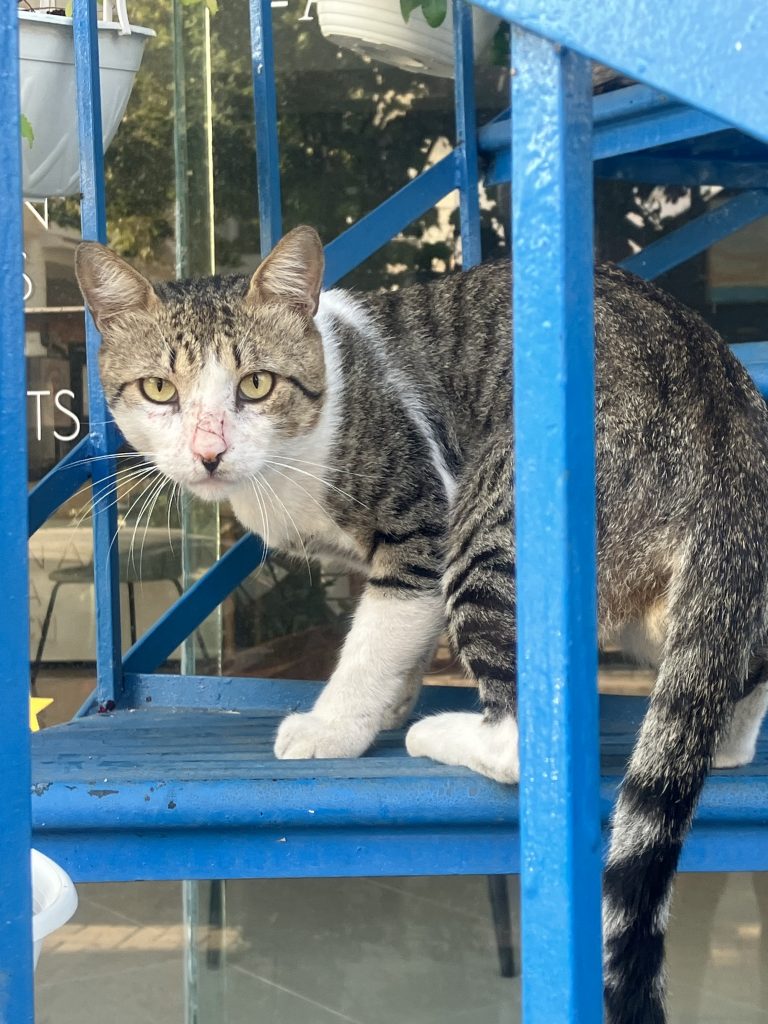
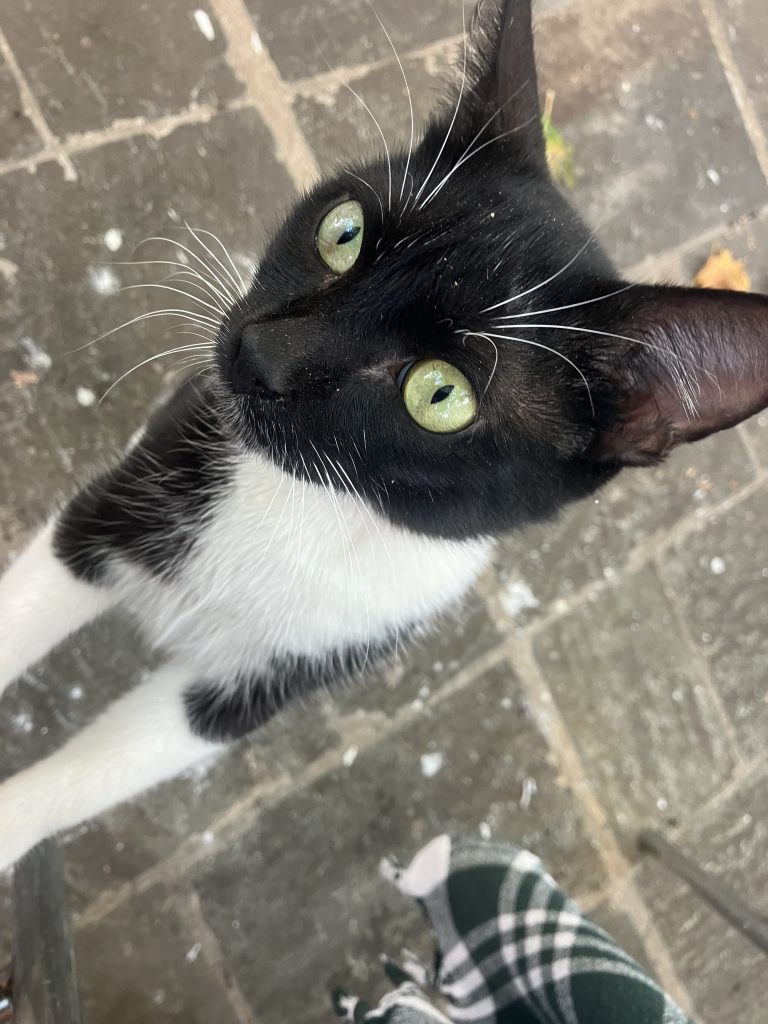
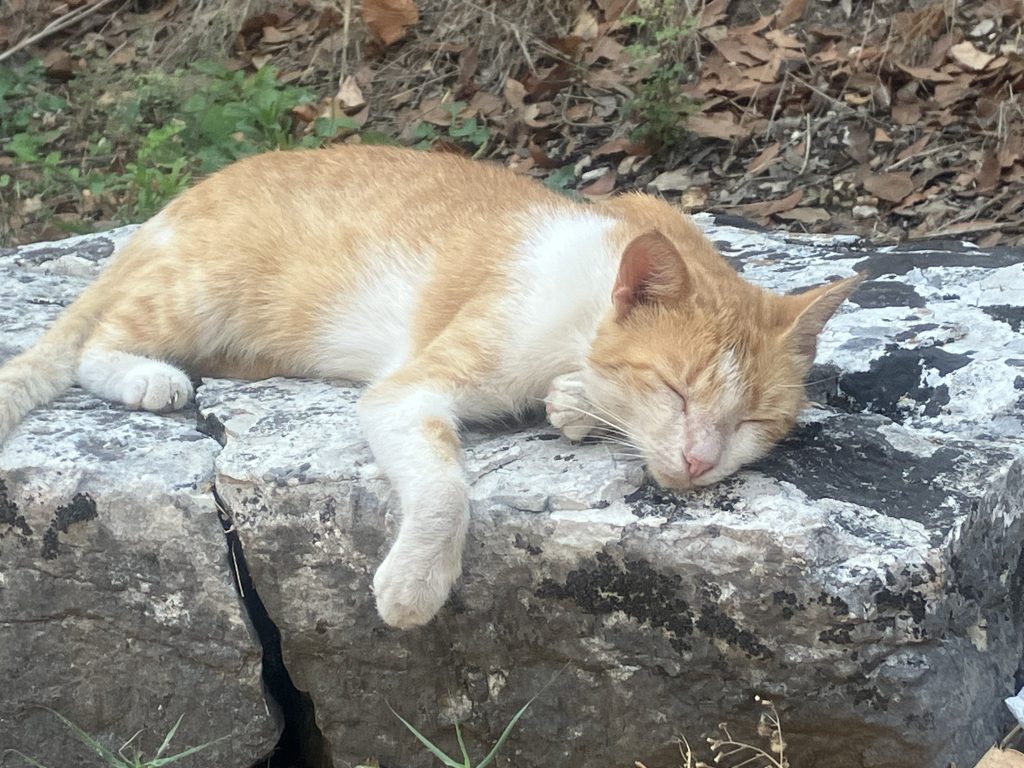
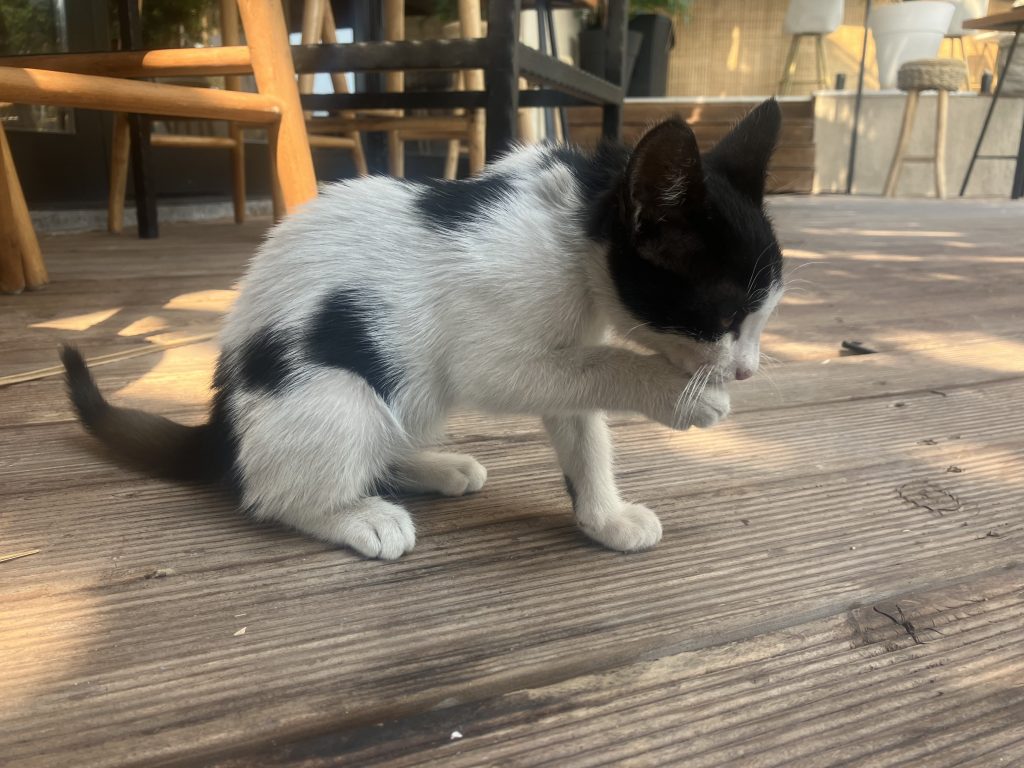
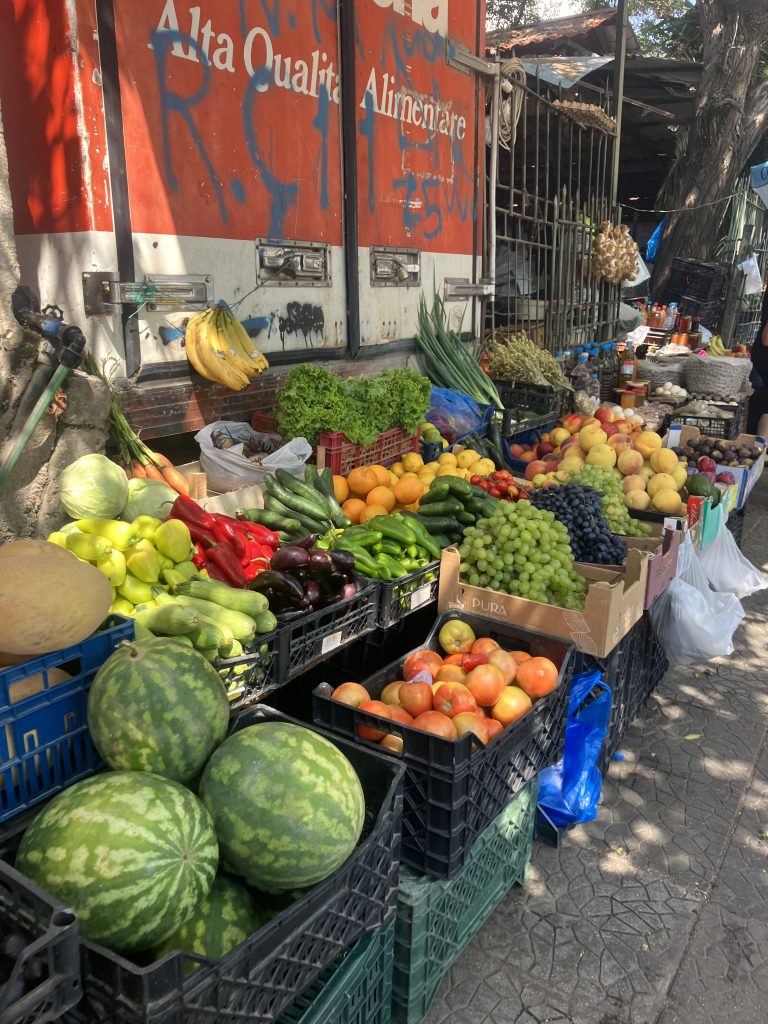
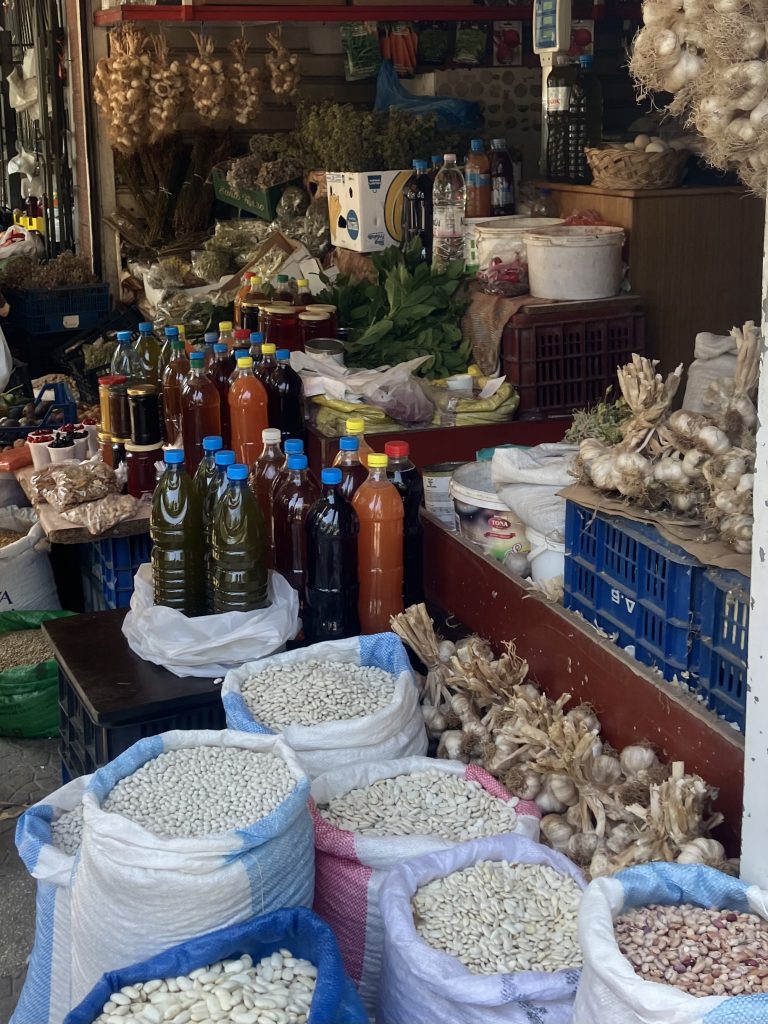
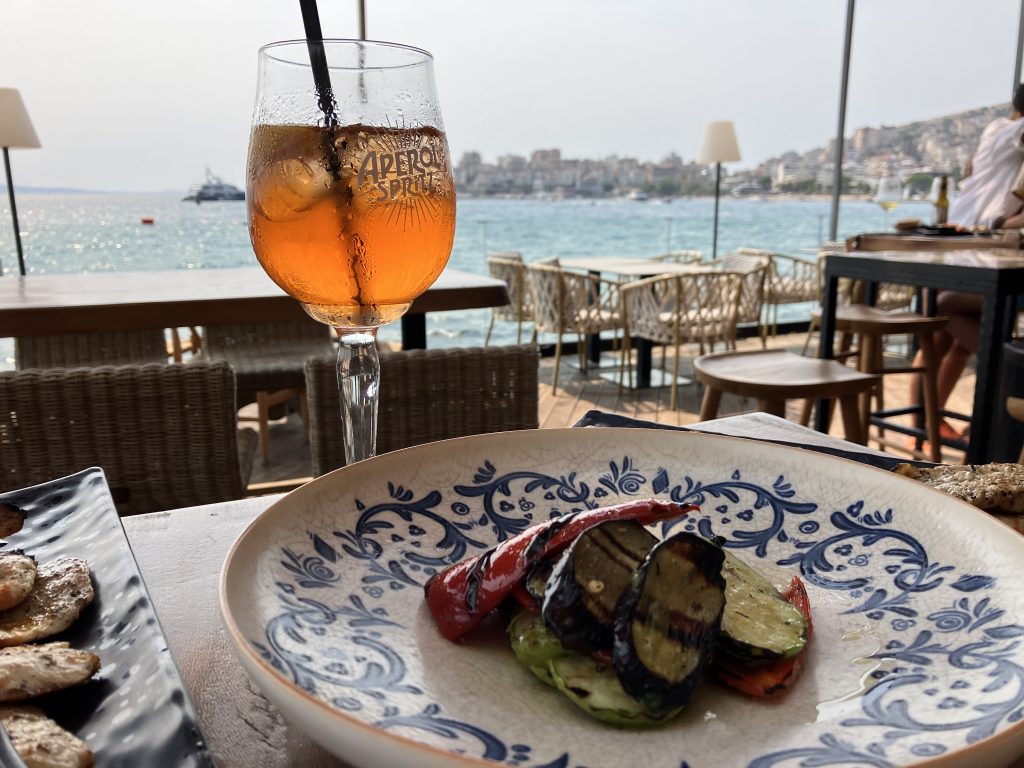
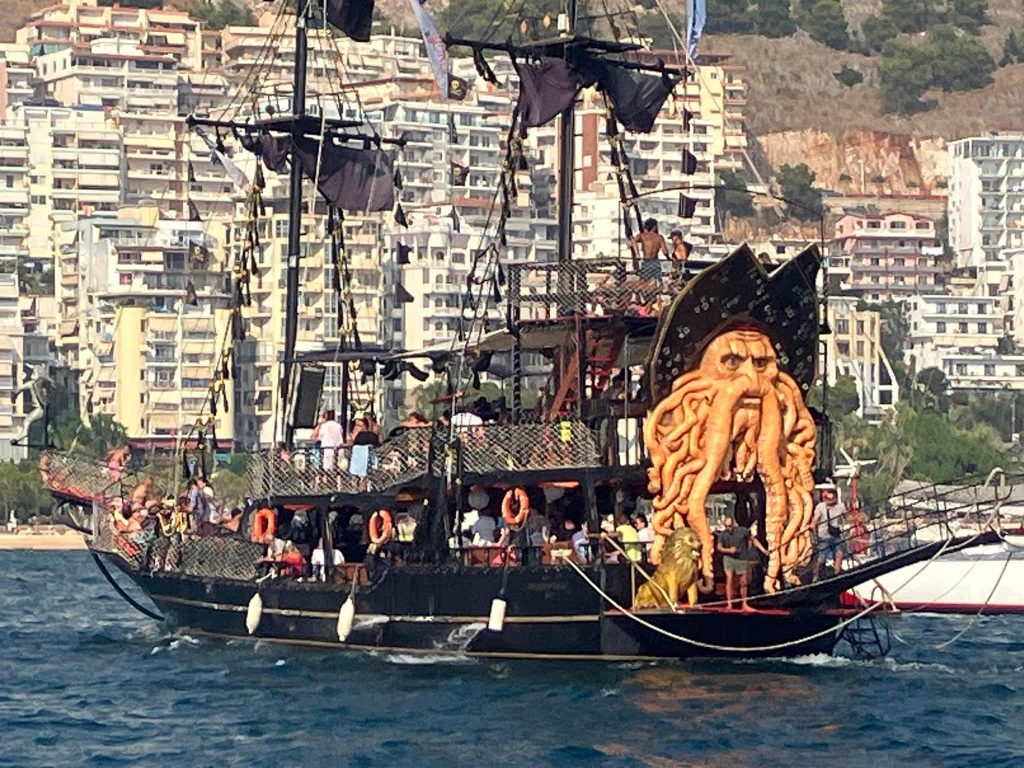
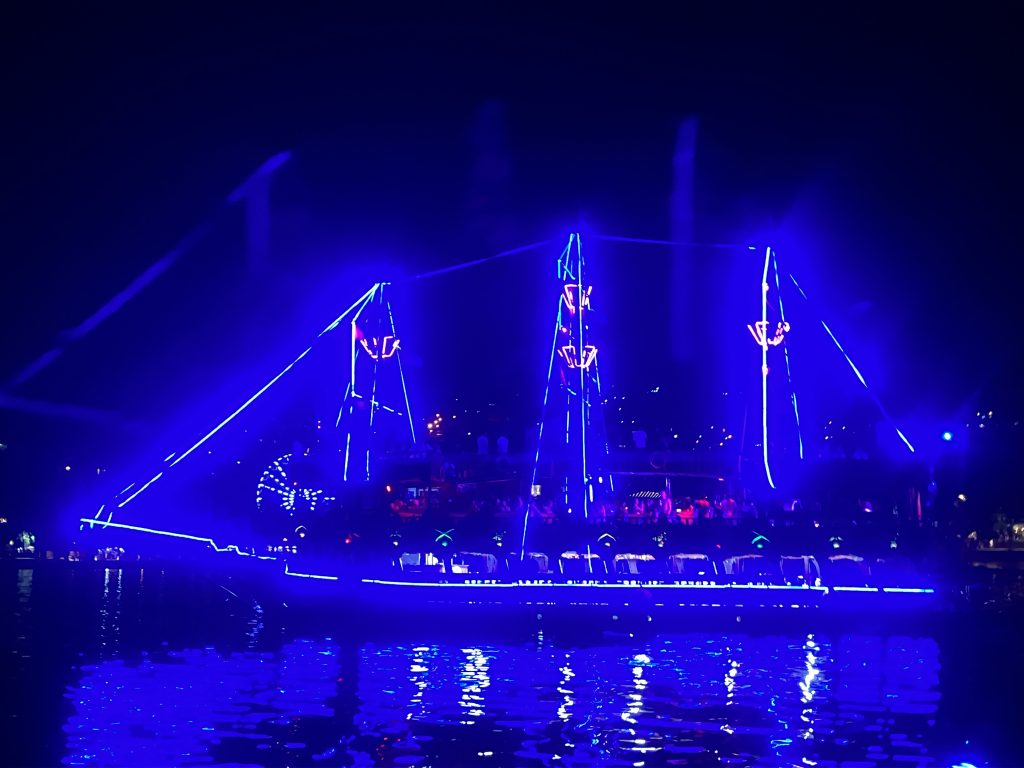
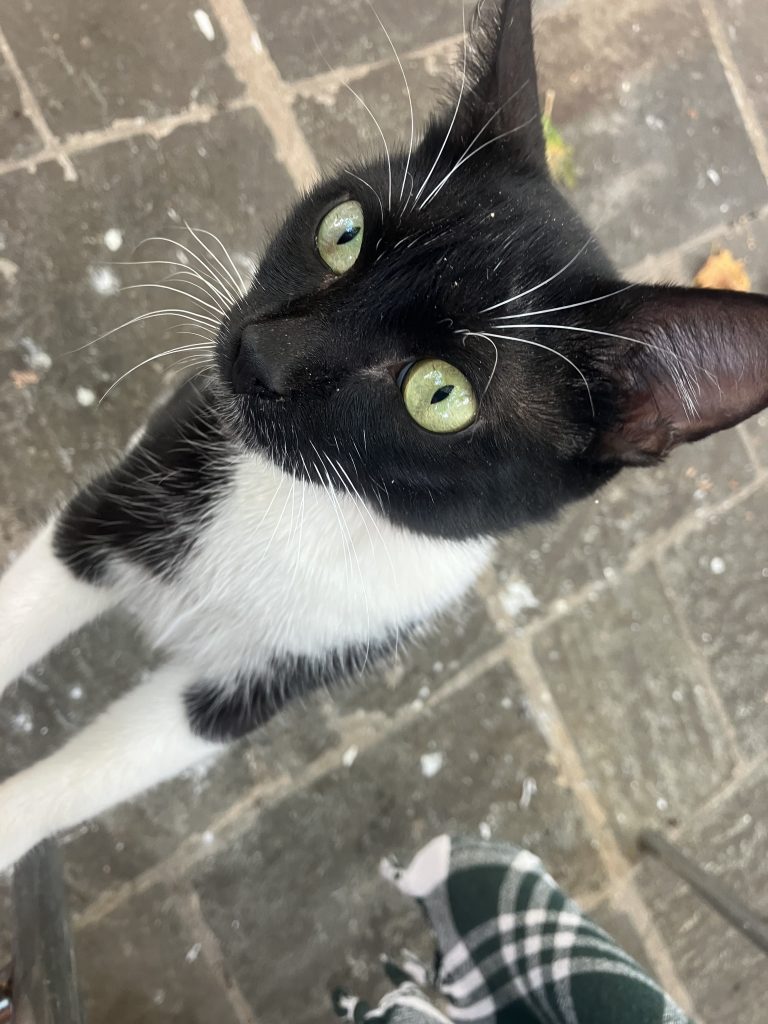
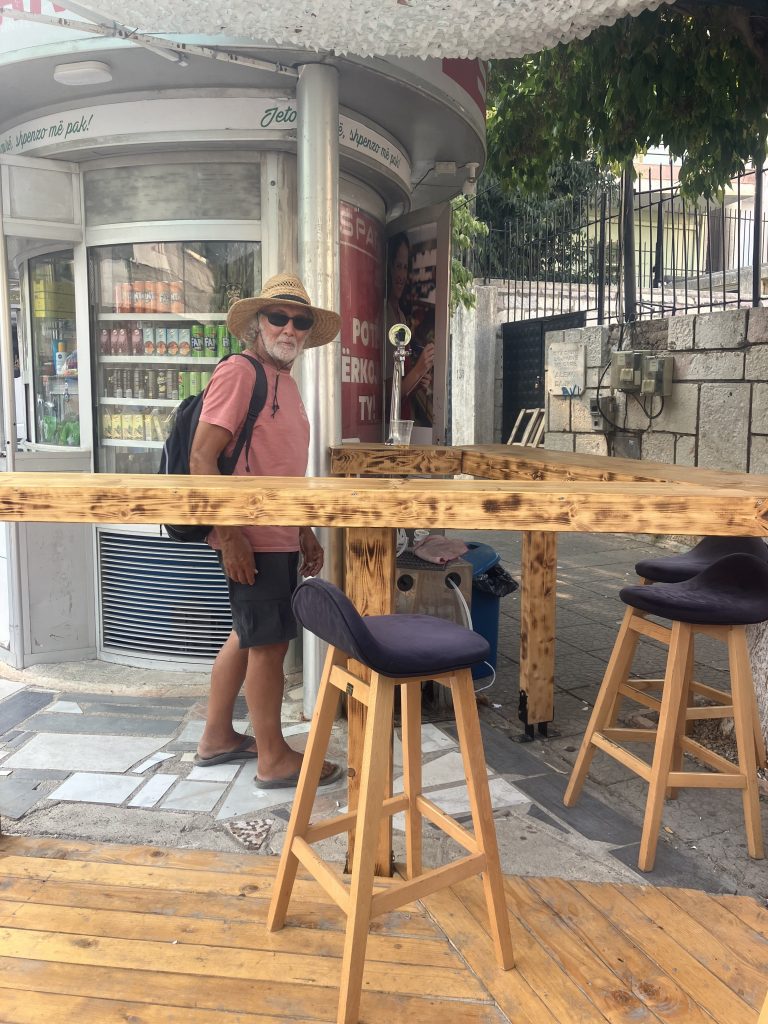
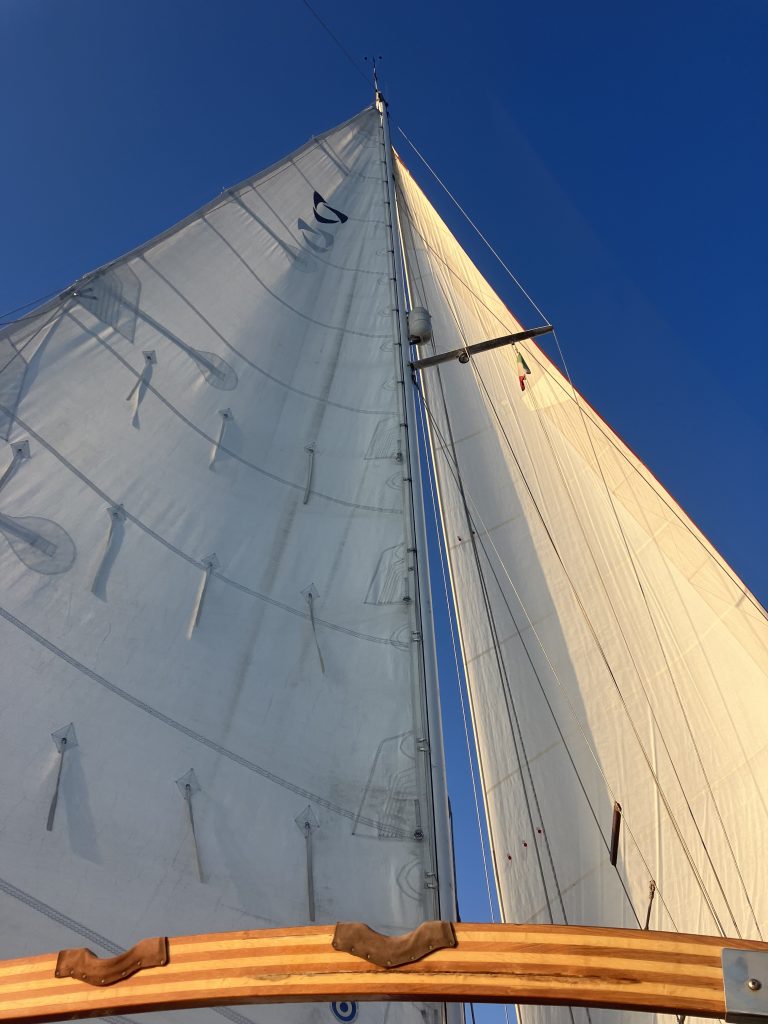
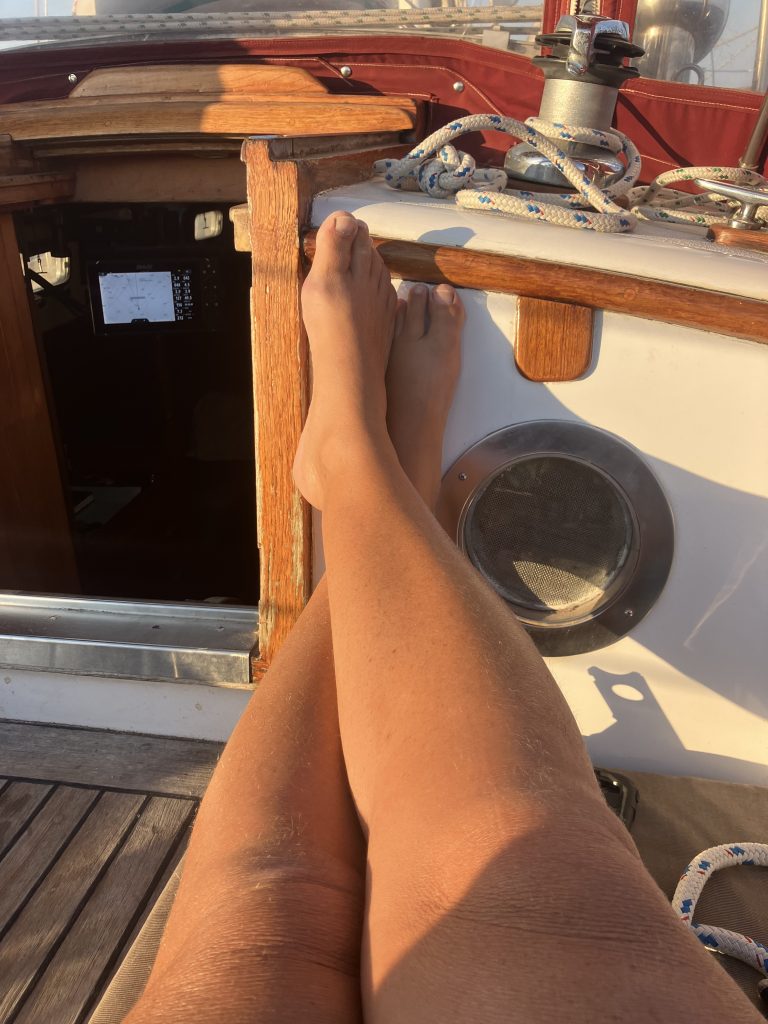
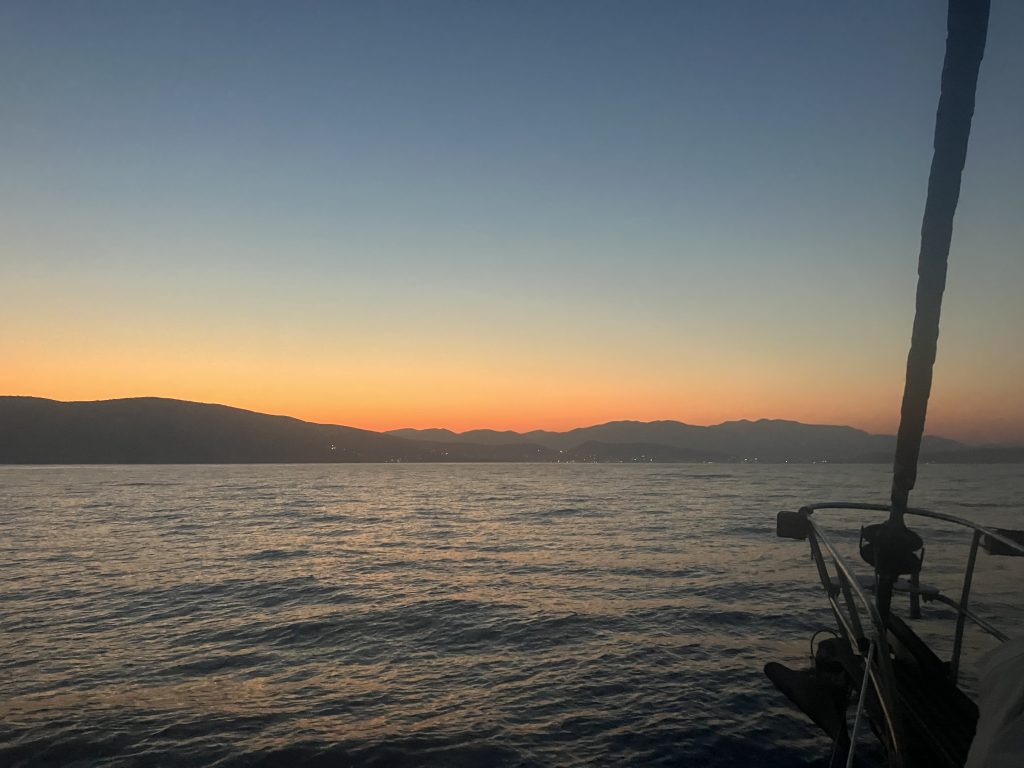
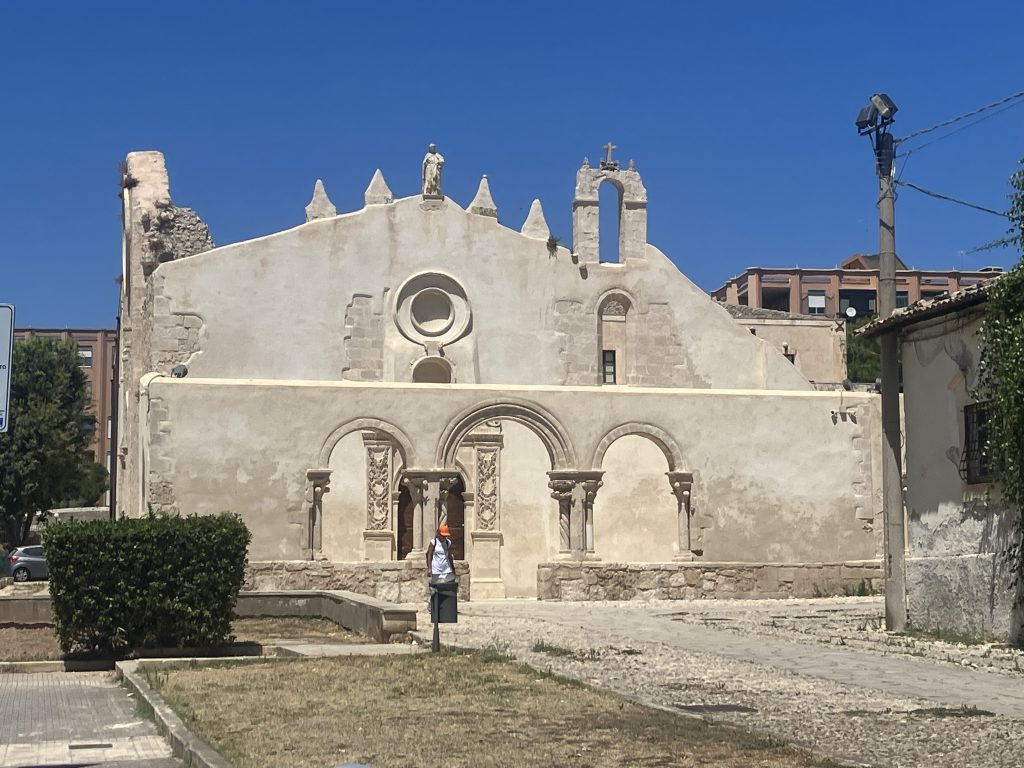
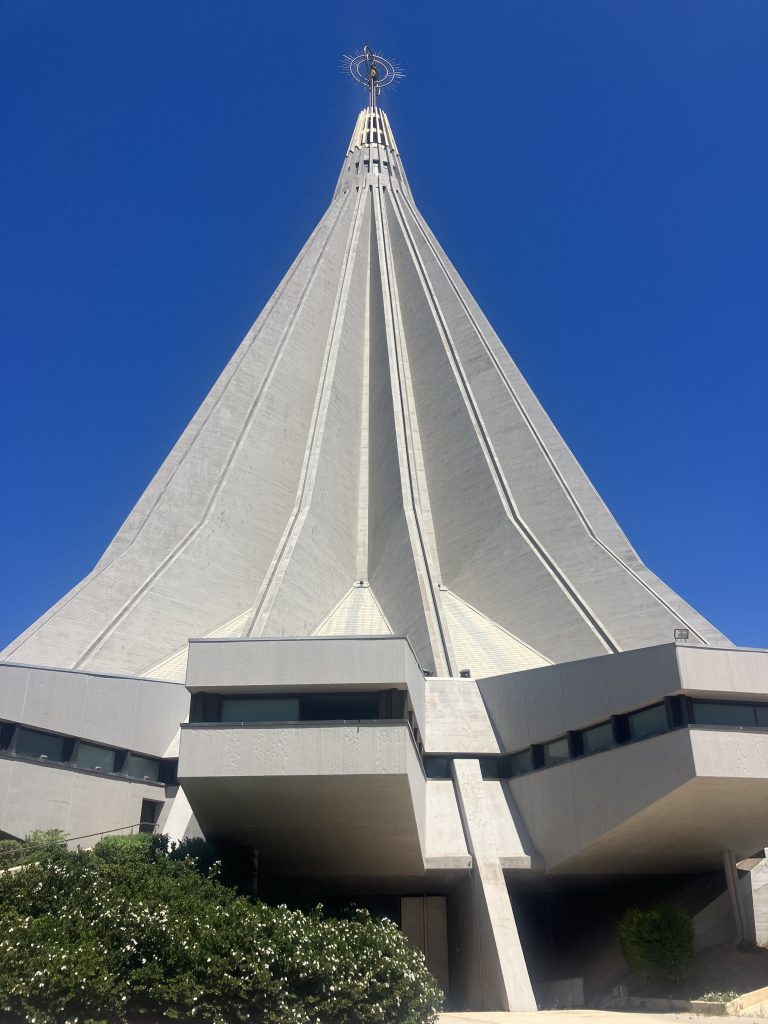
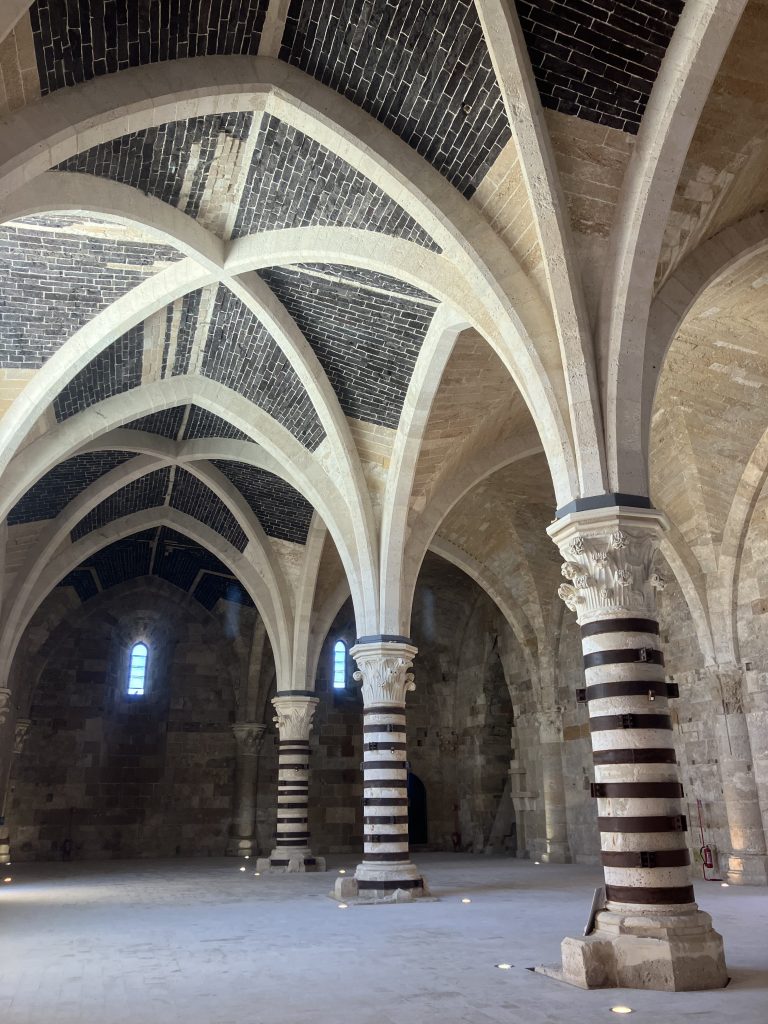
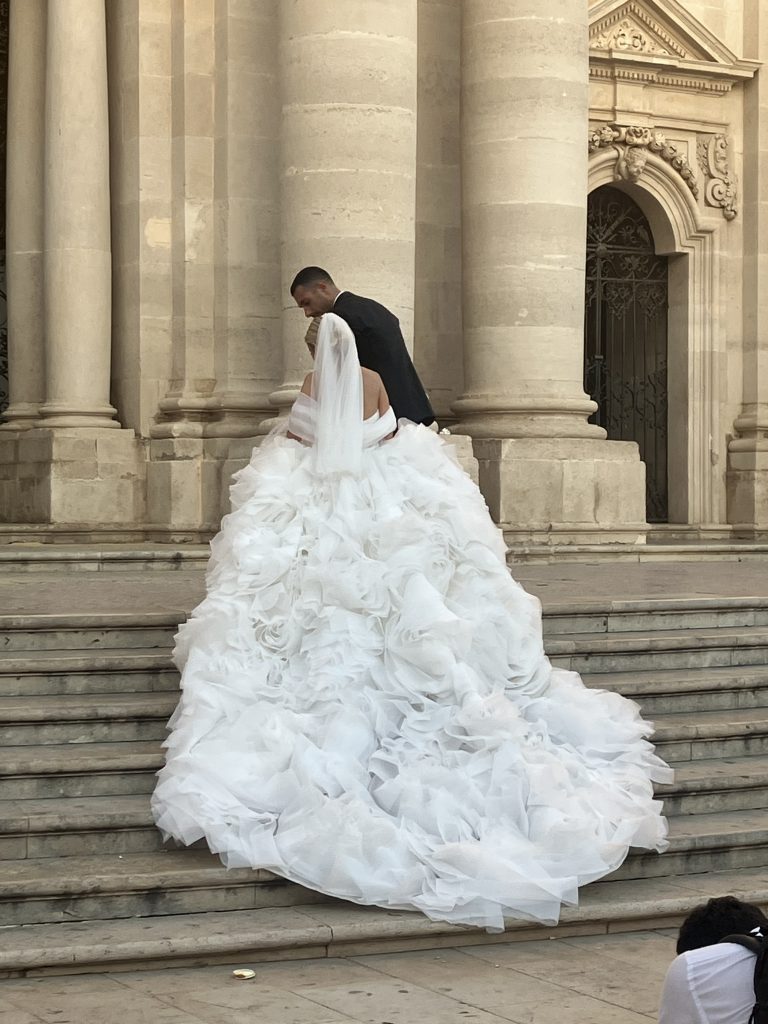
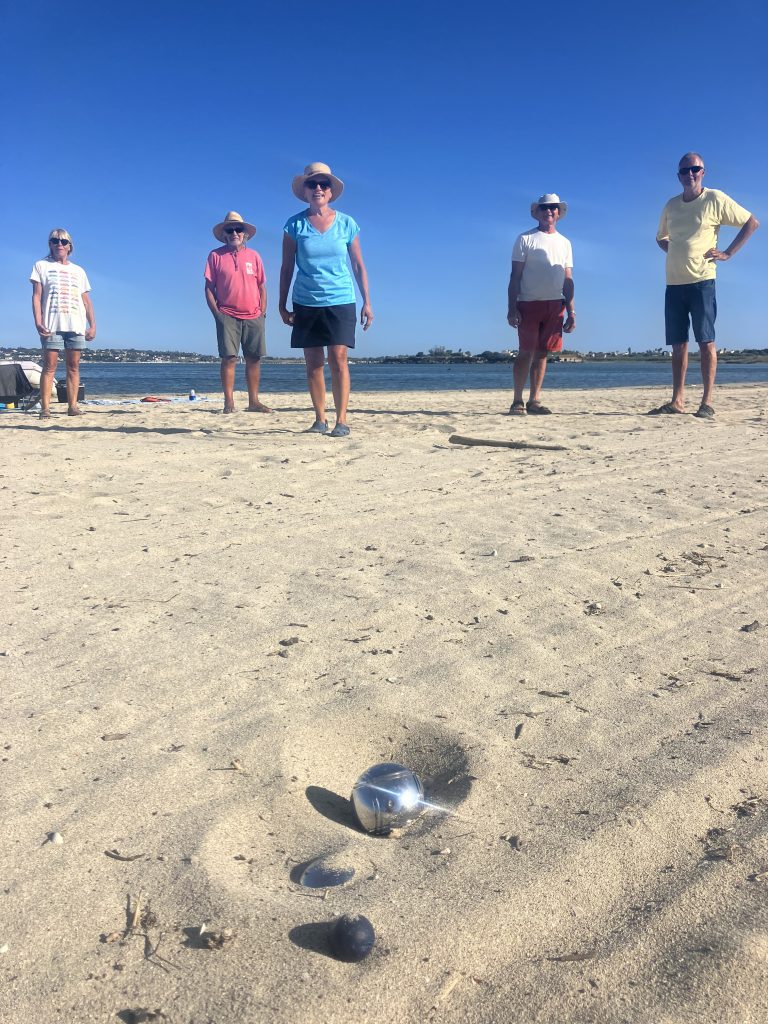
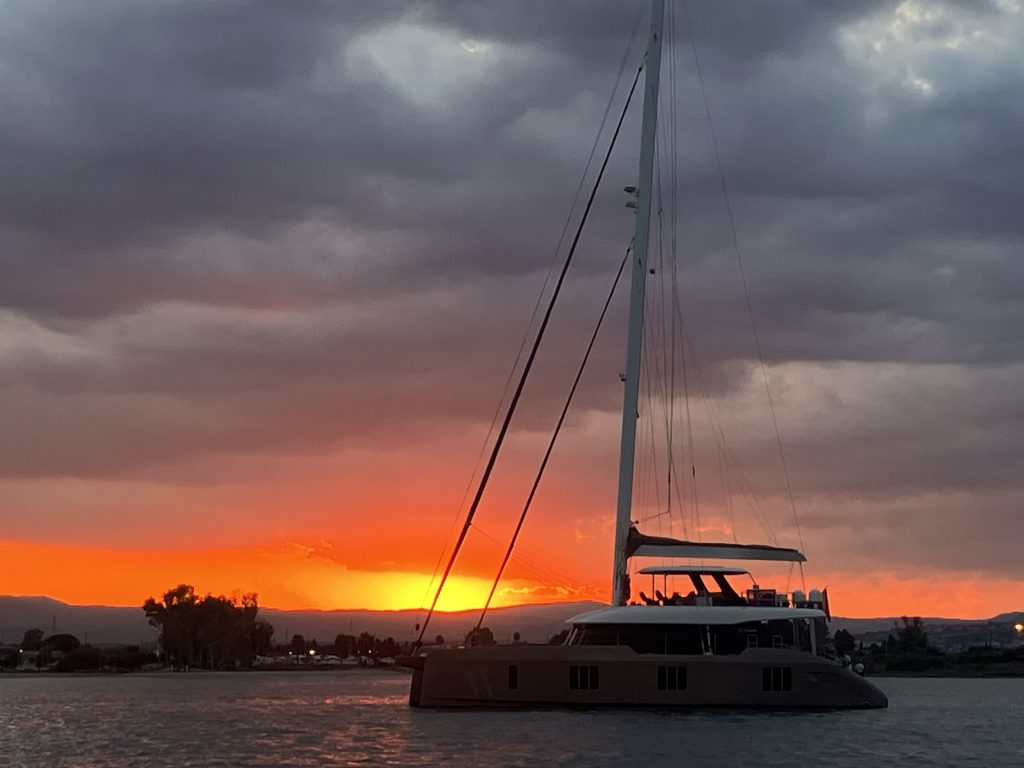
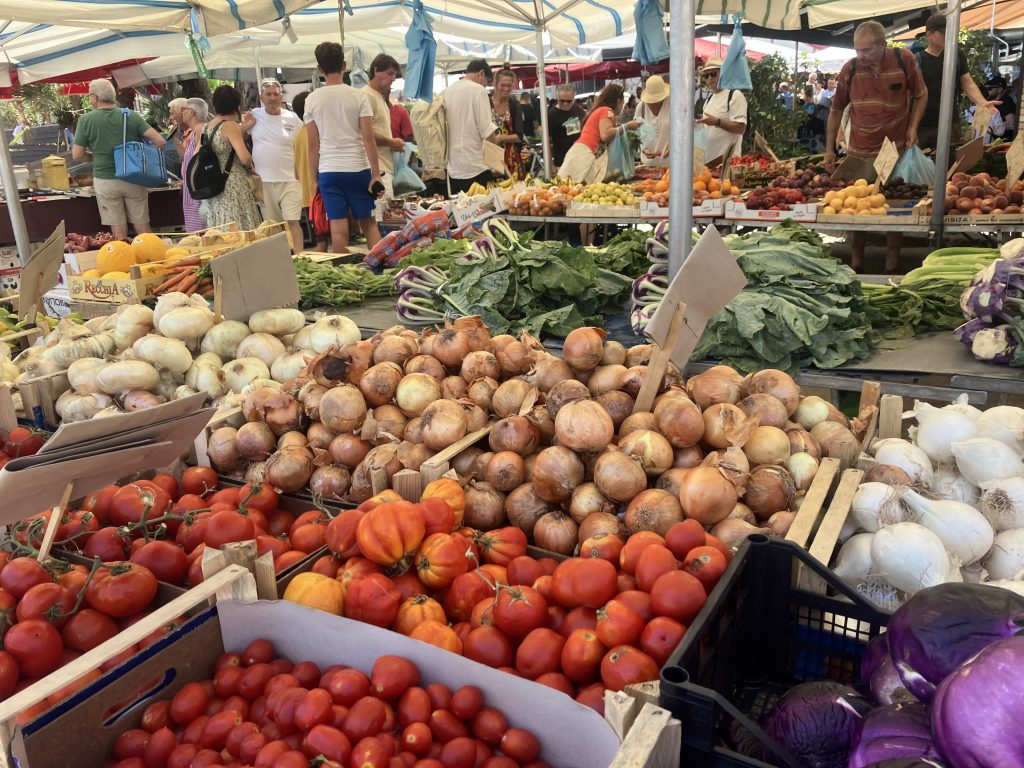
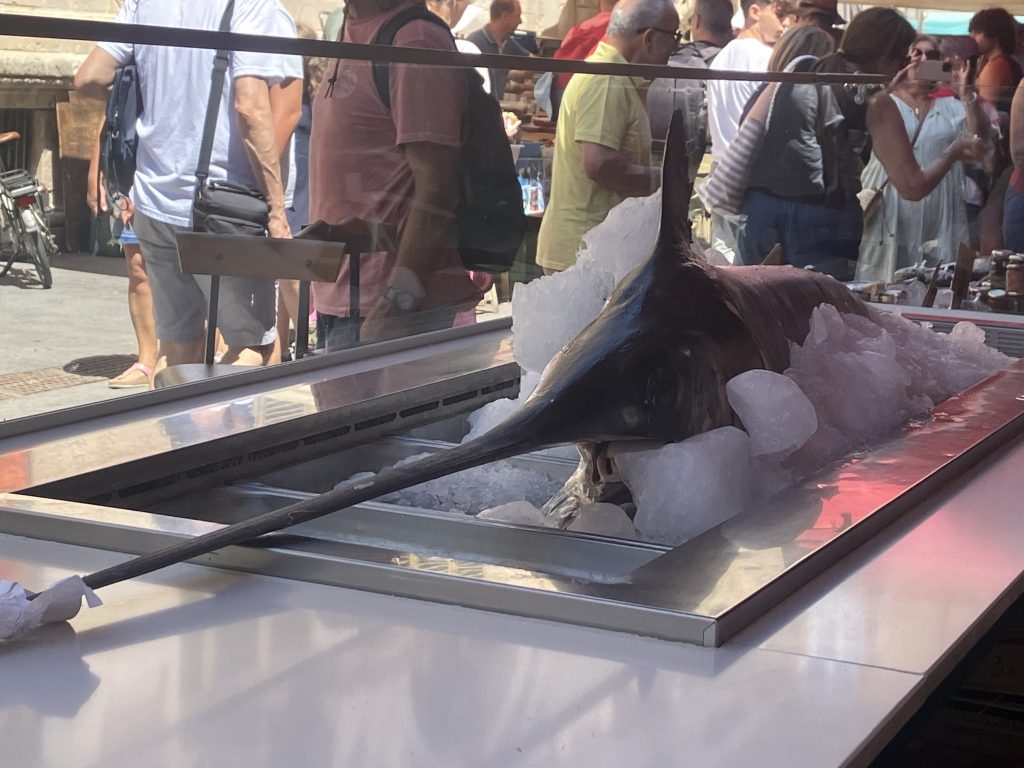
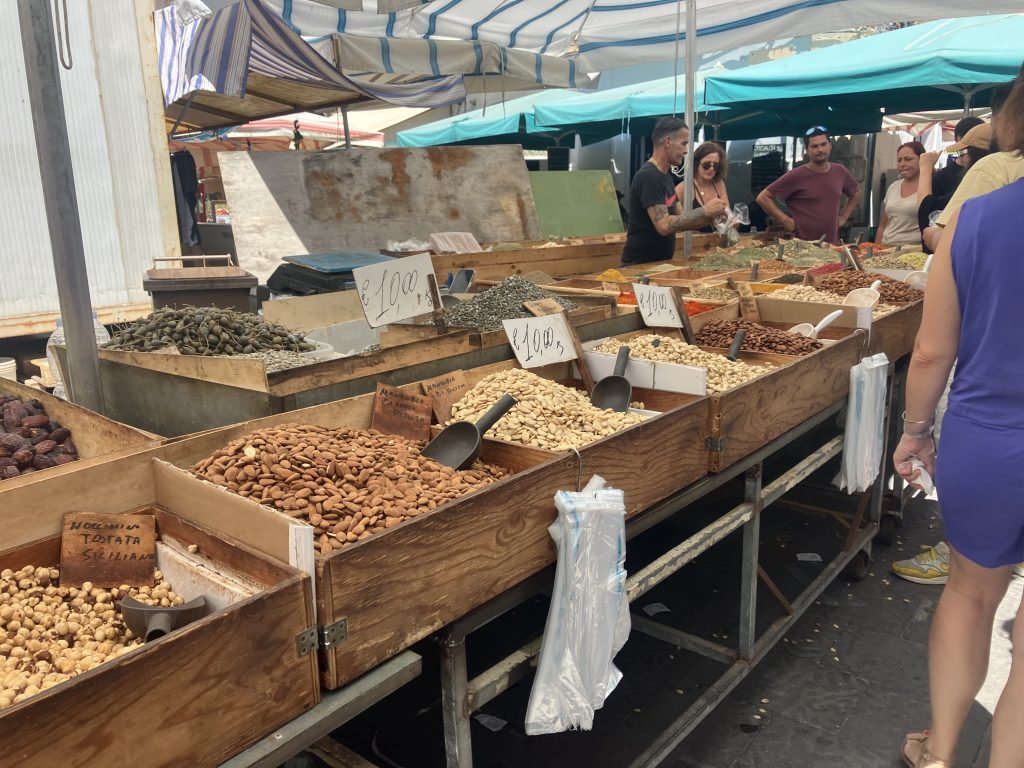
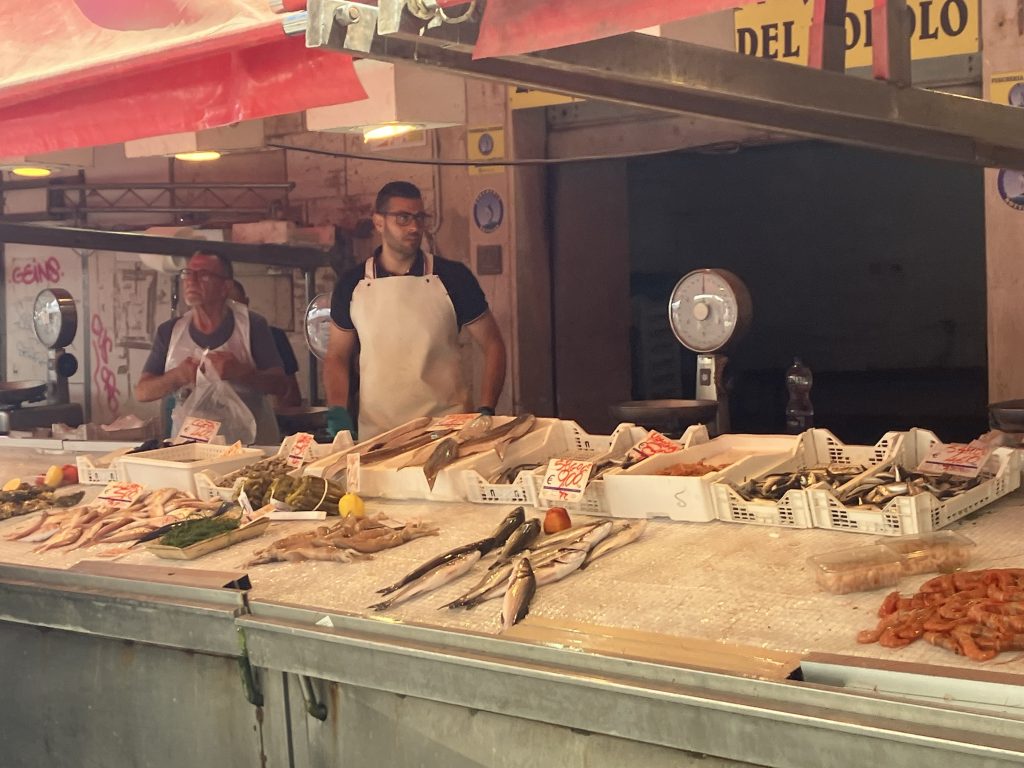
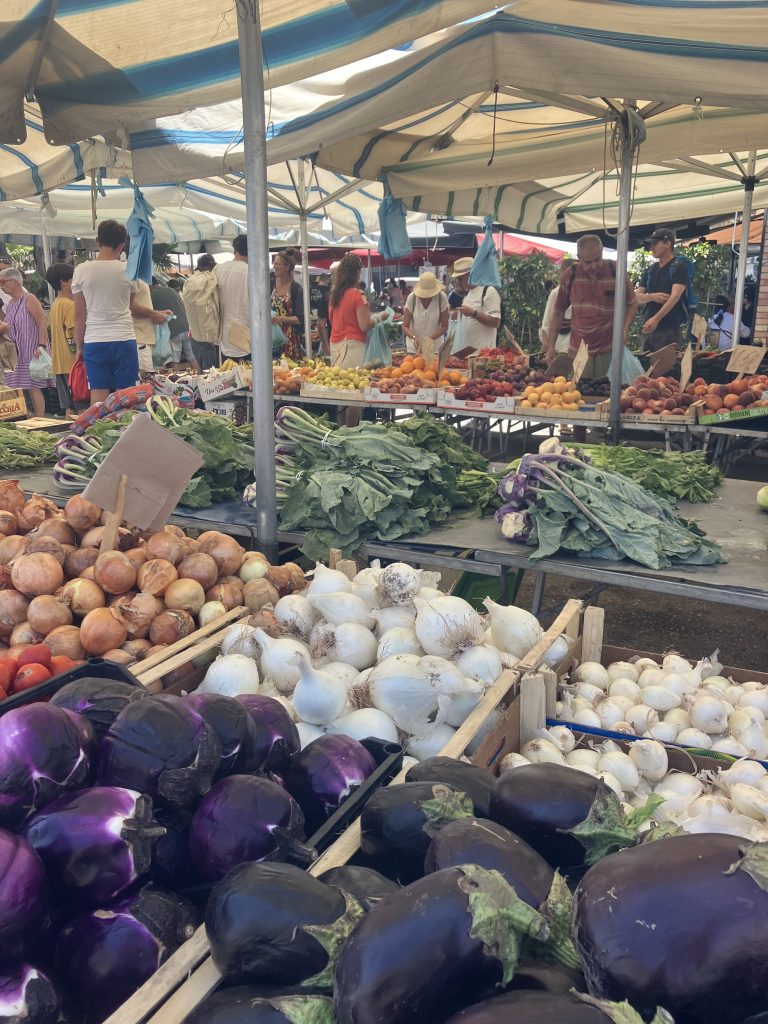
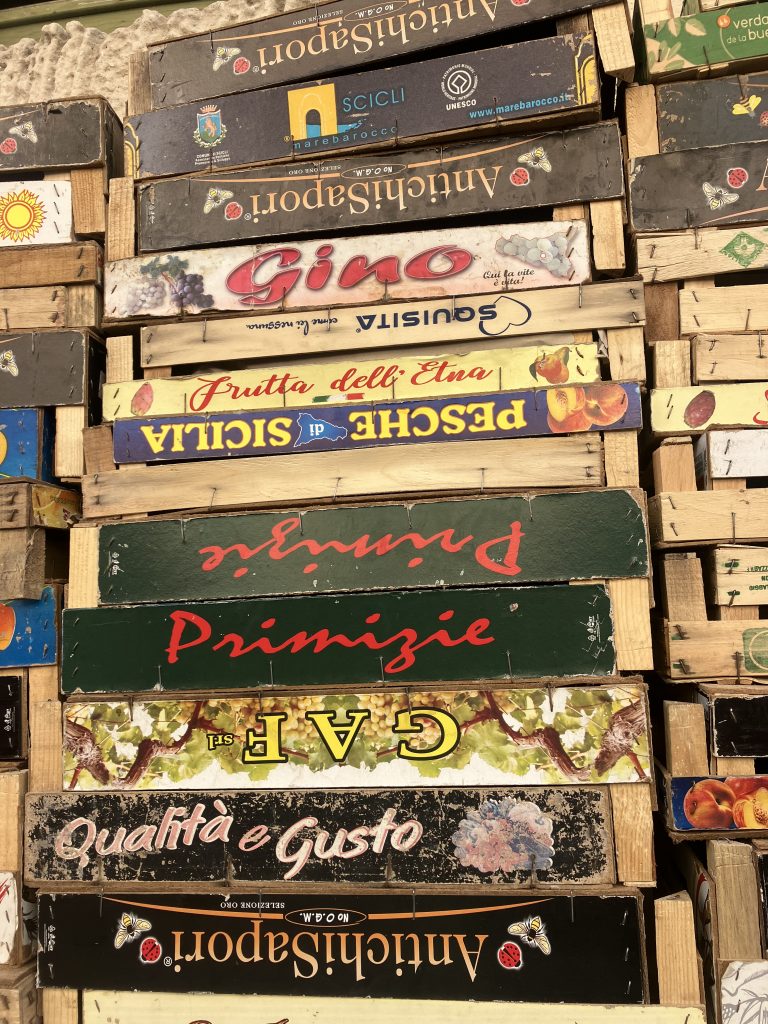
Recent Comments